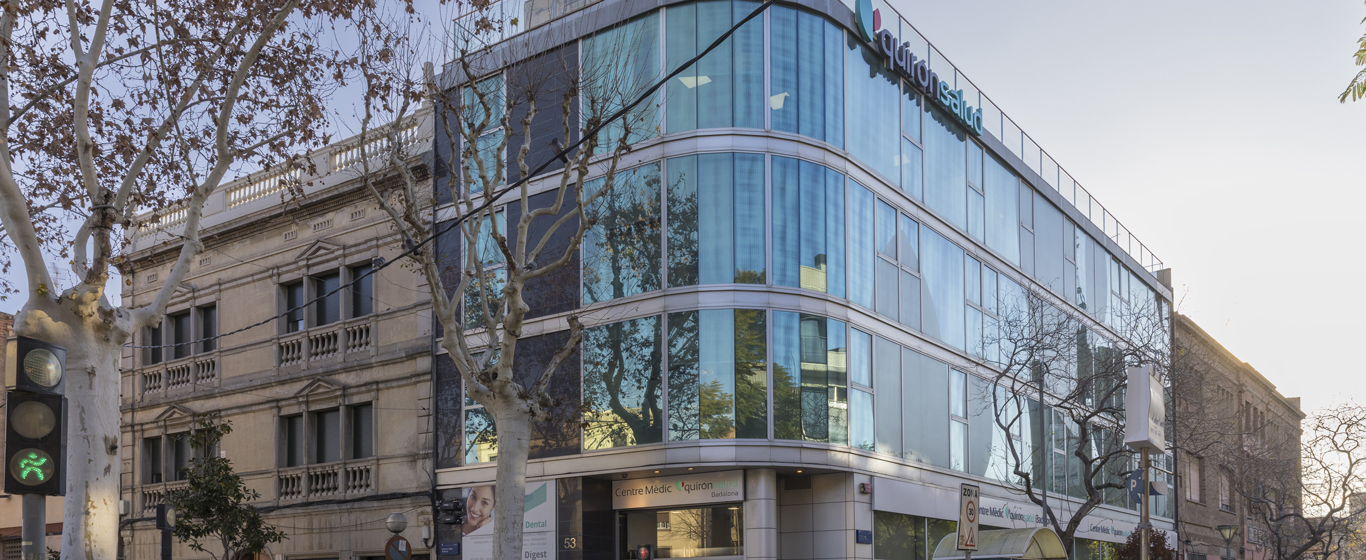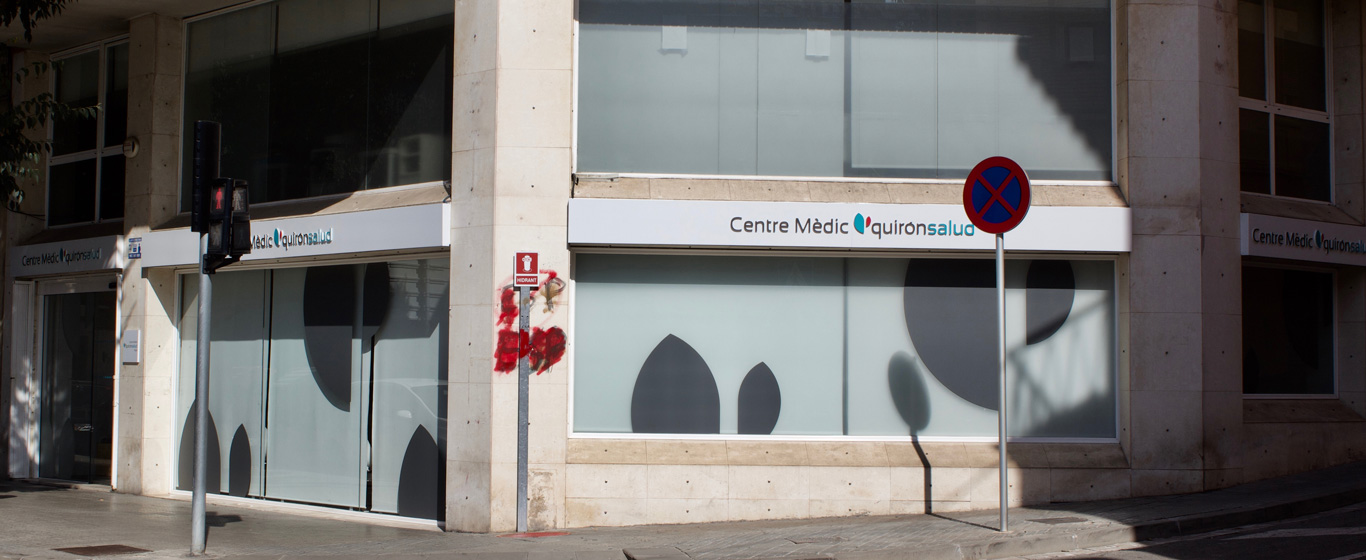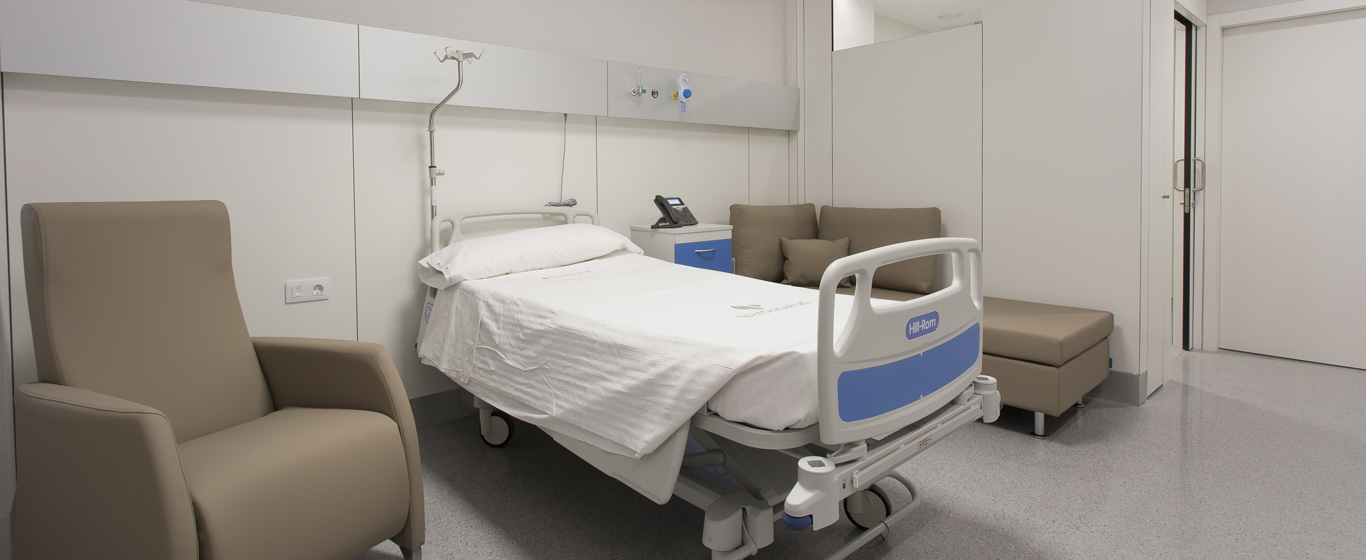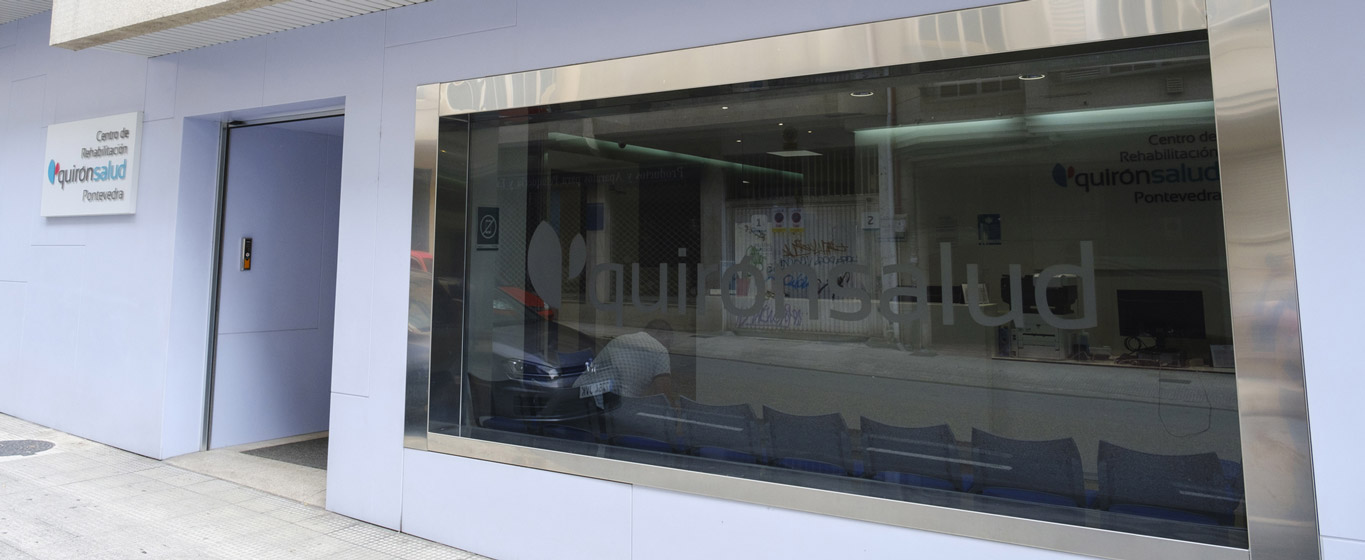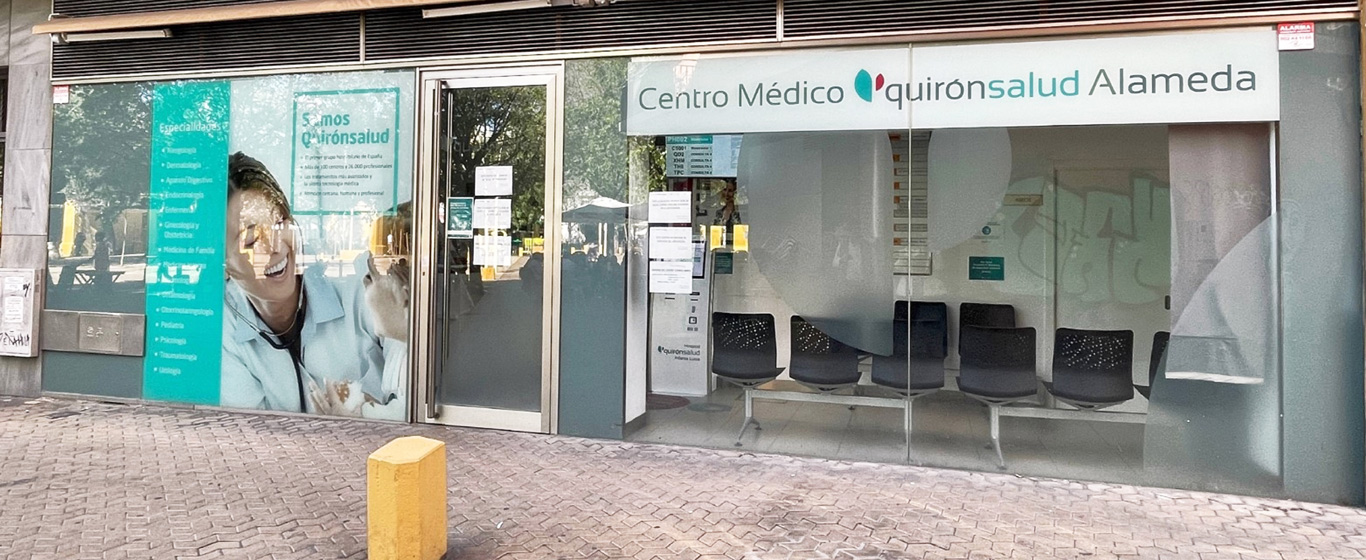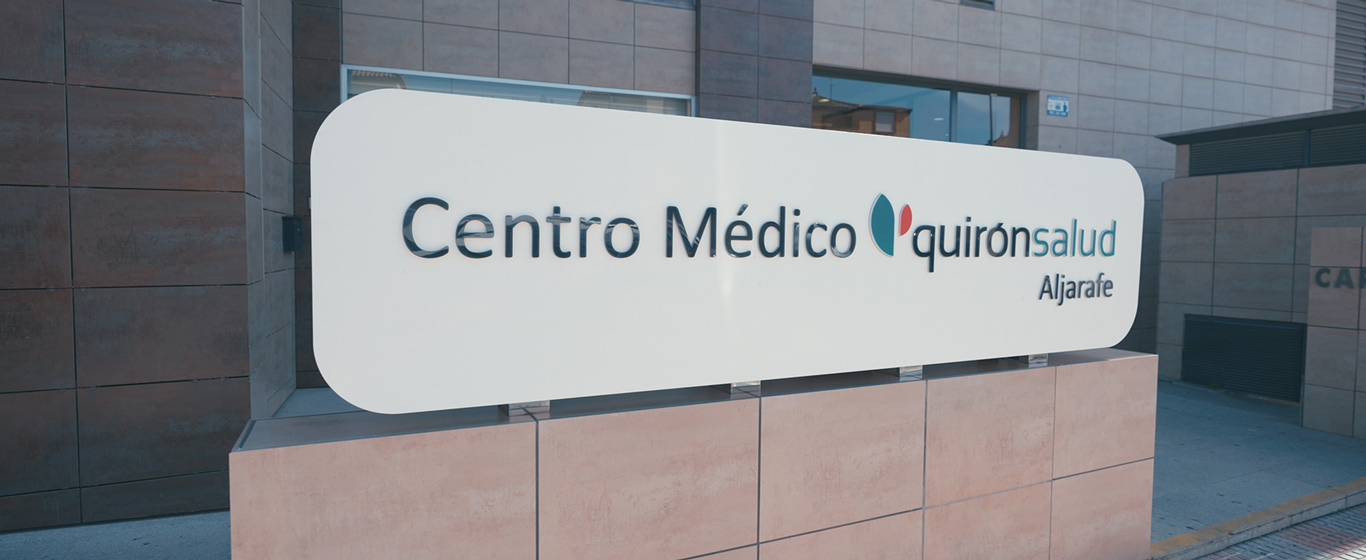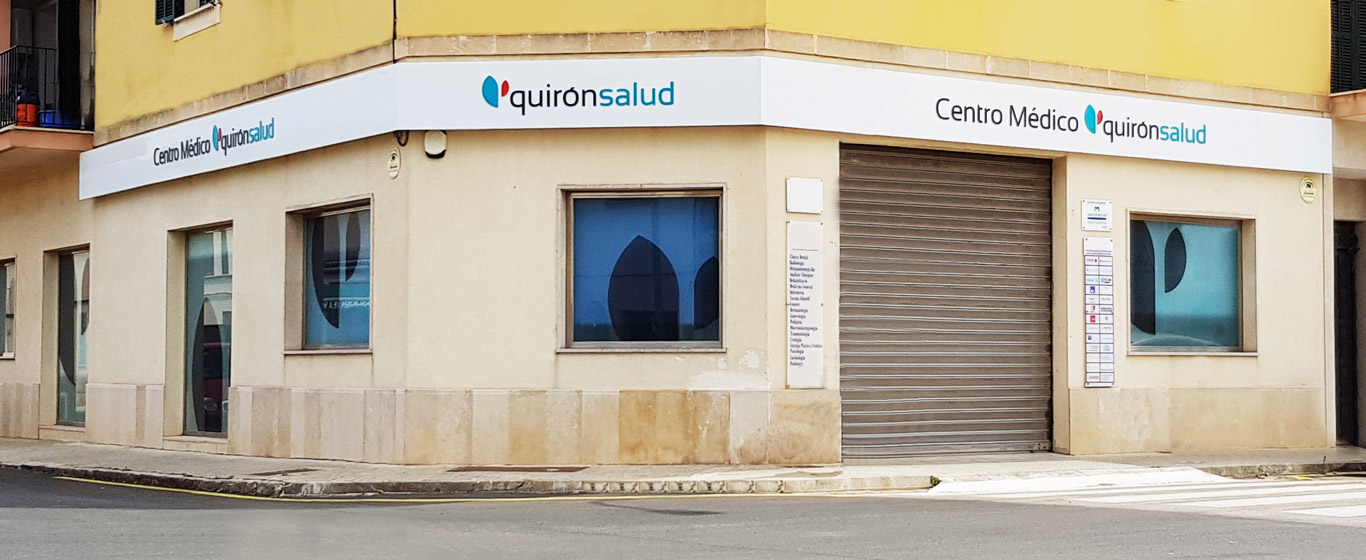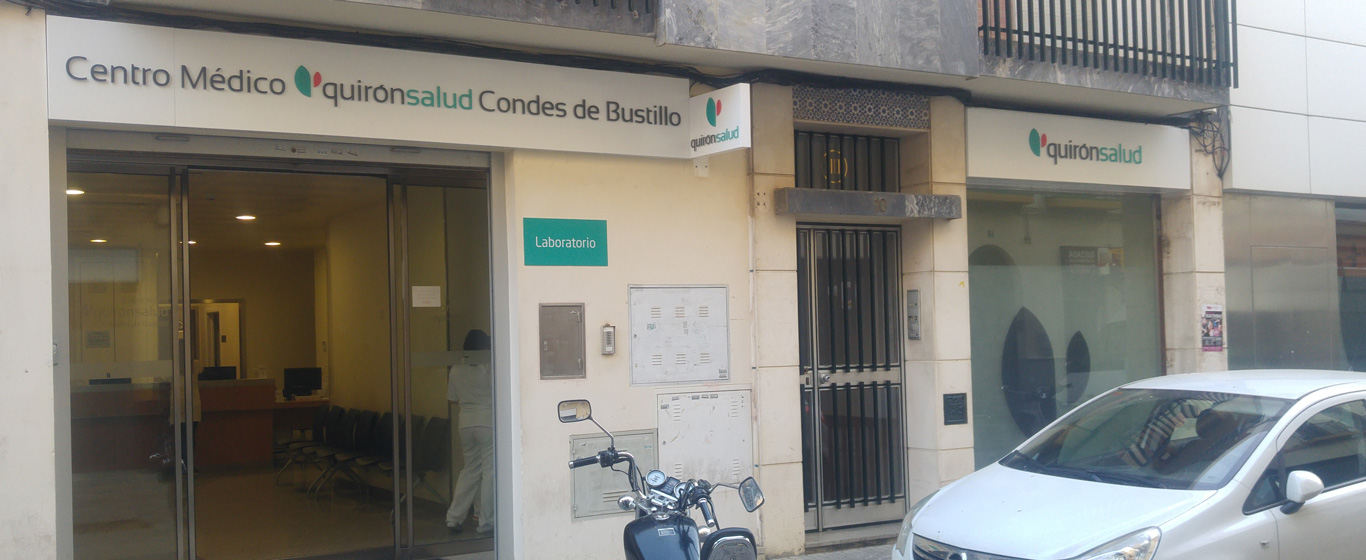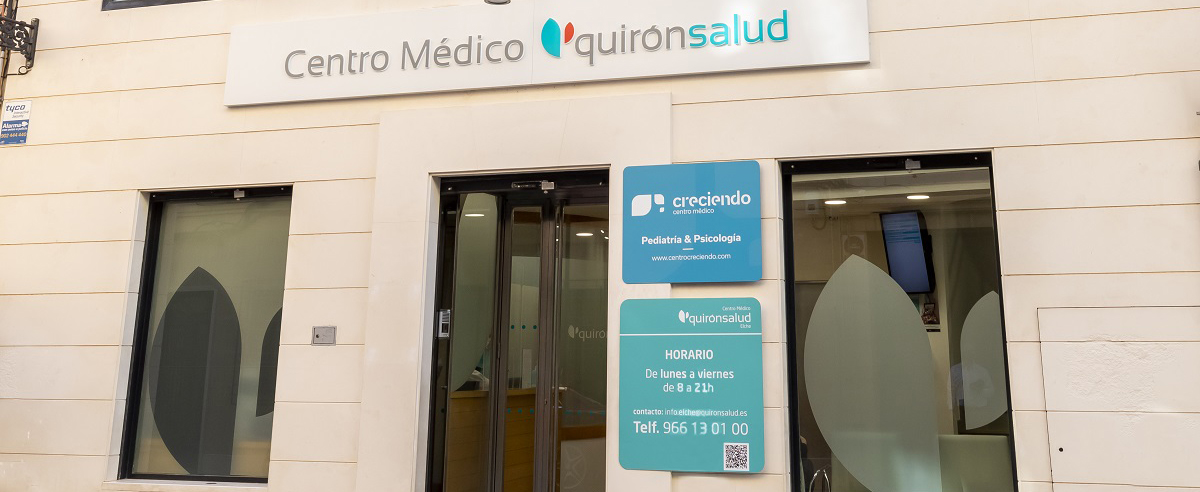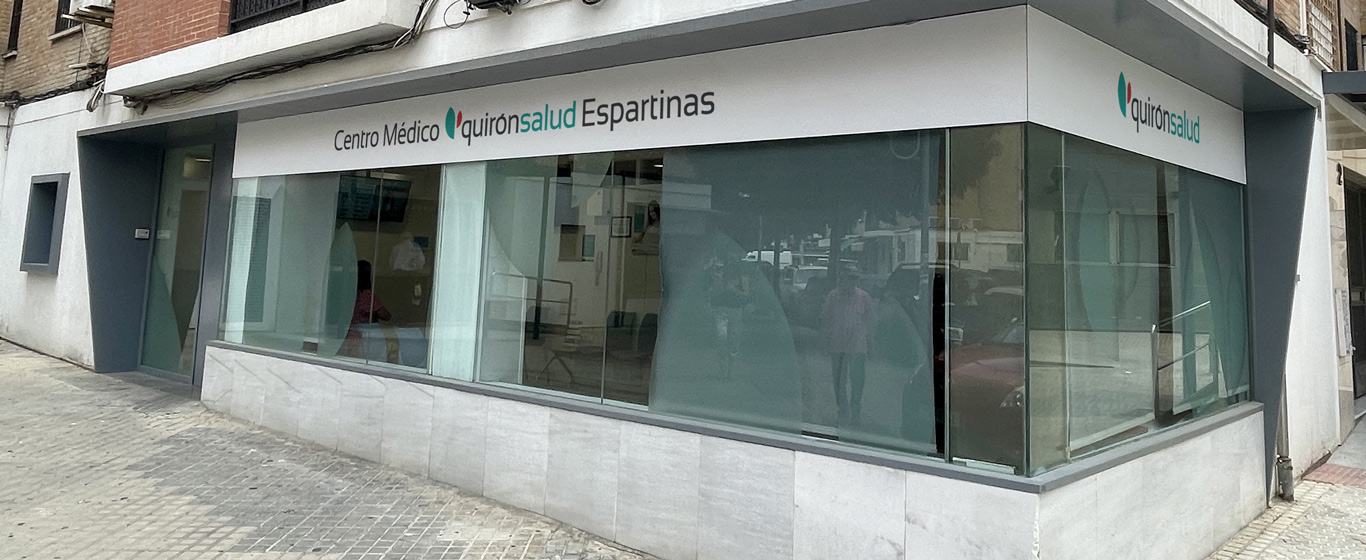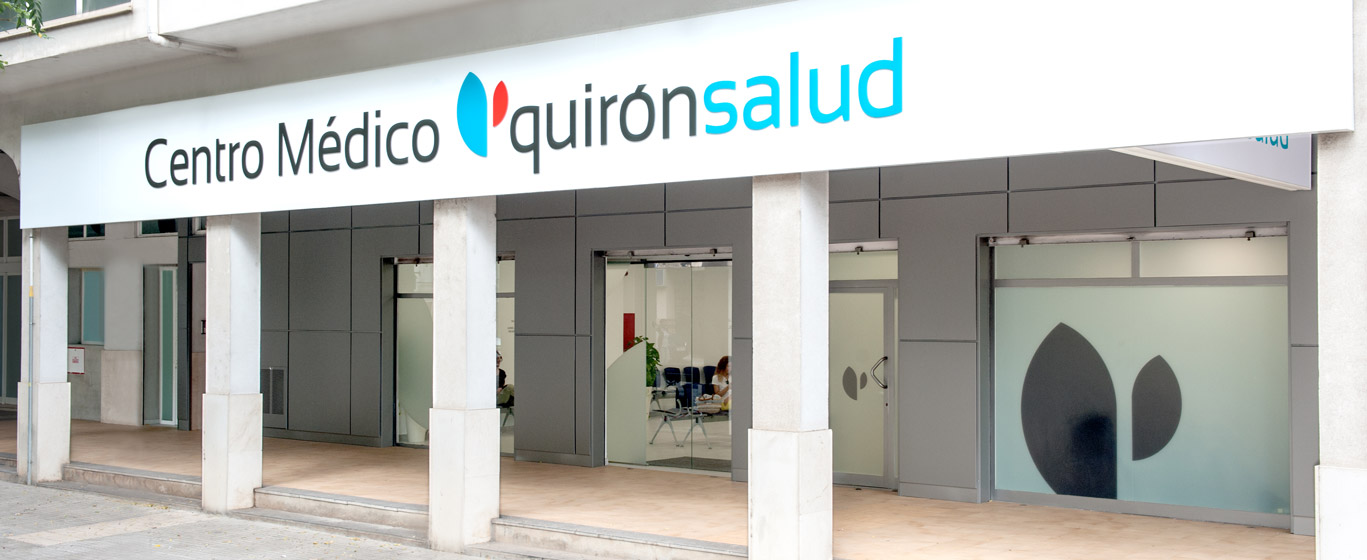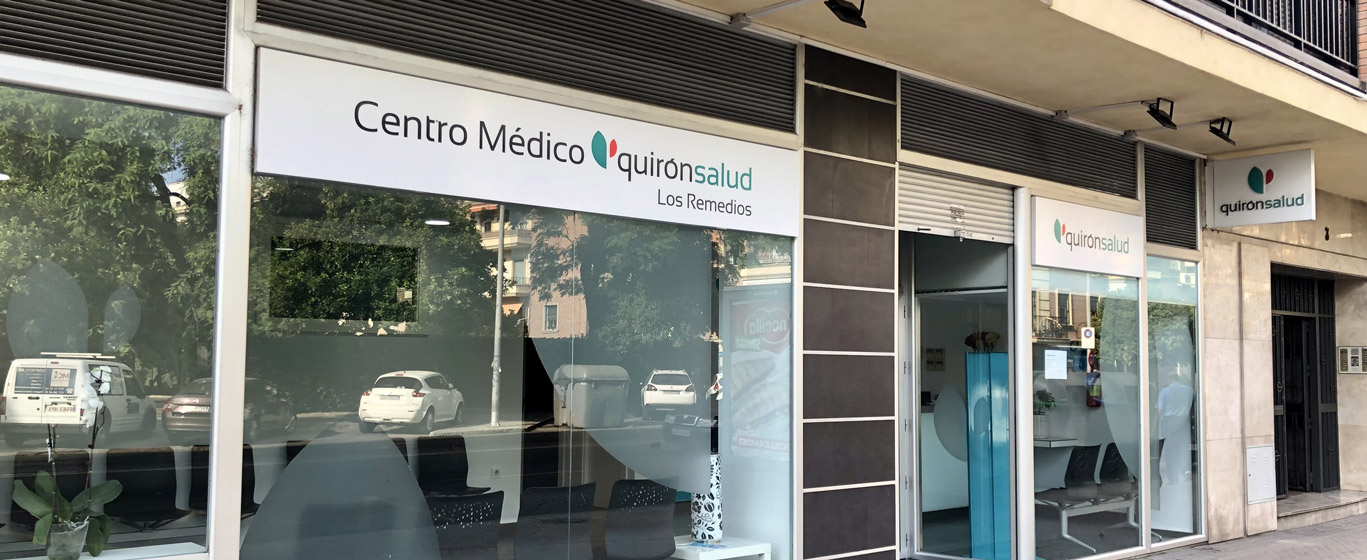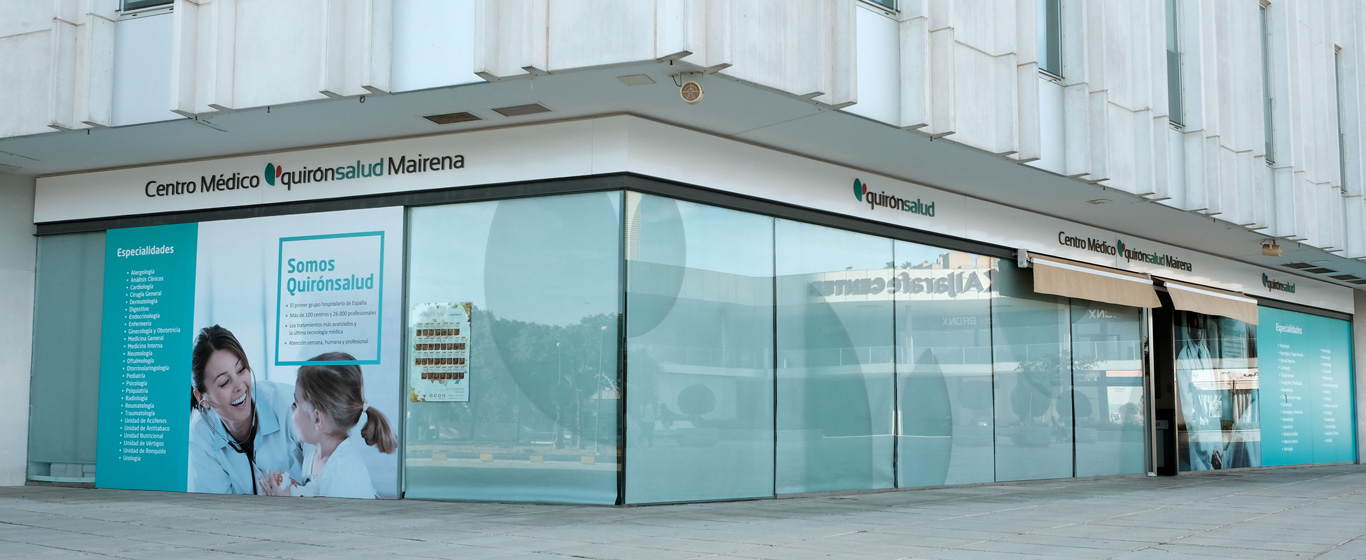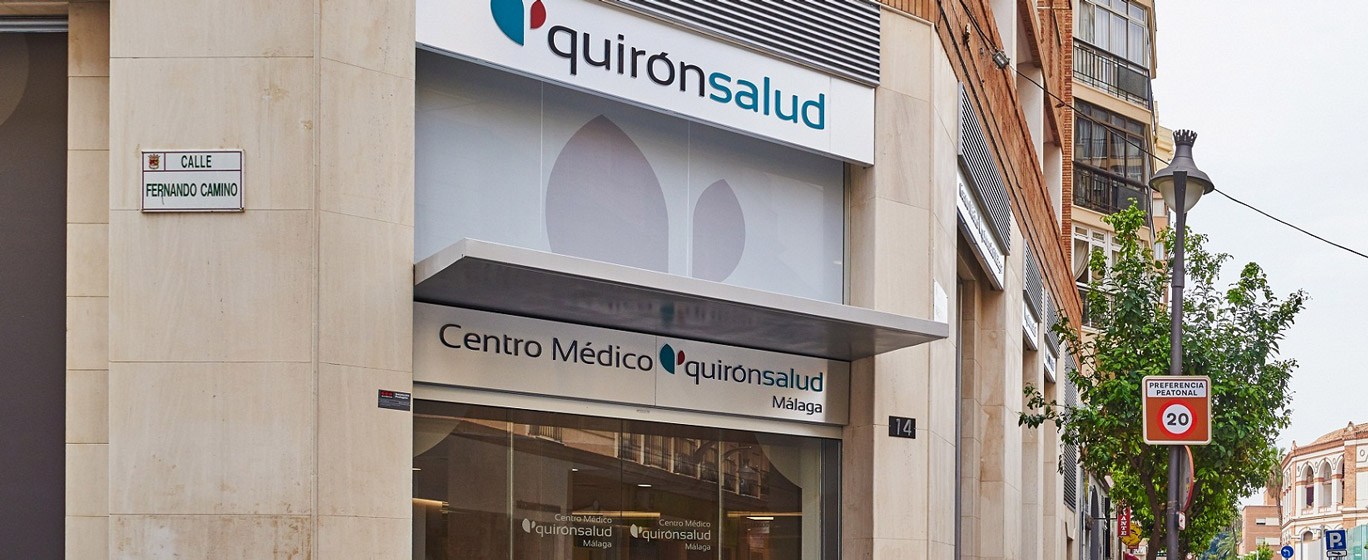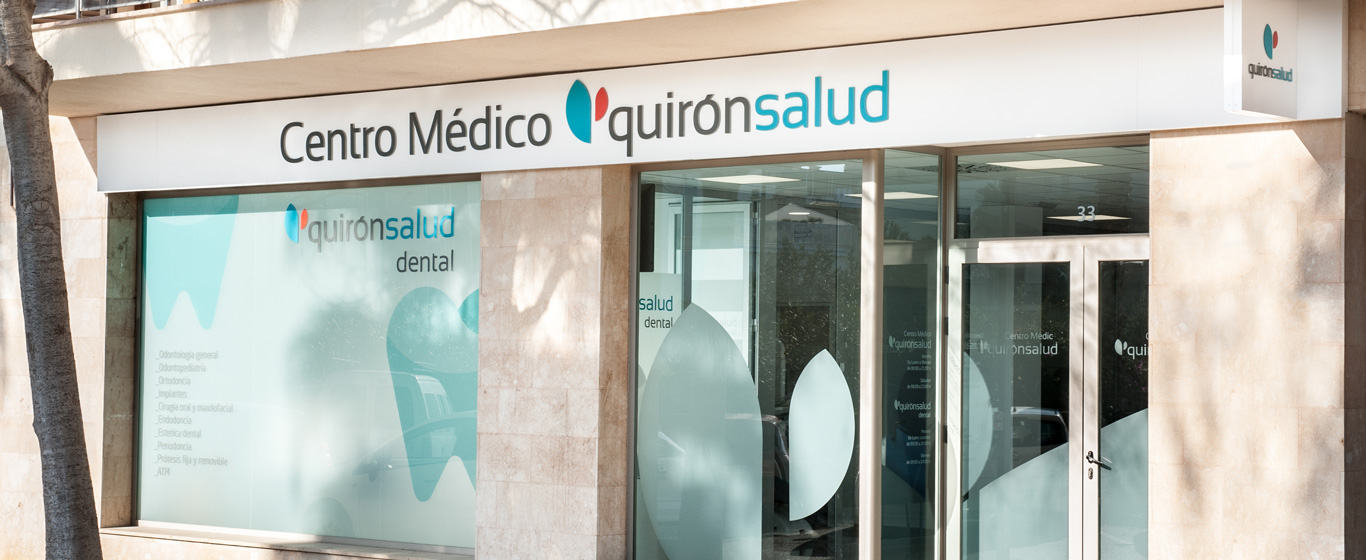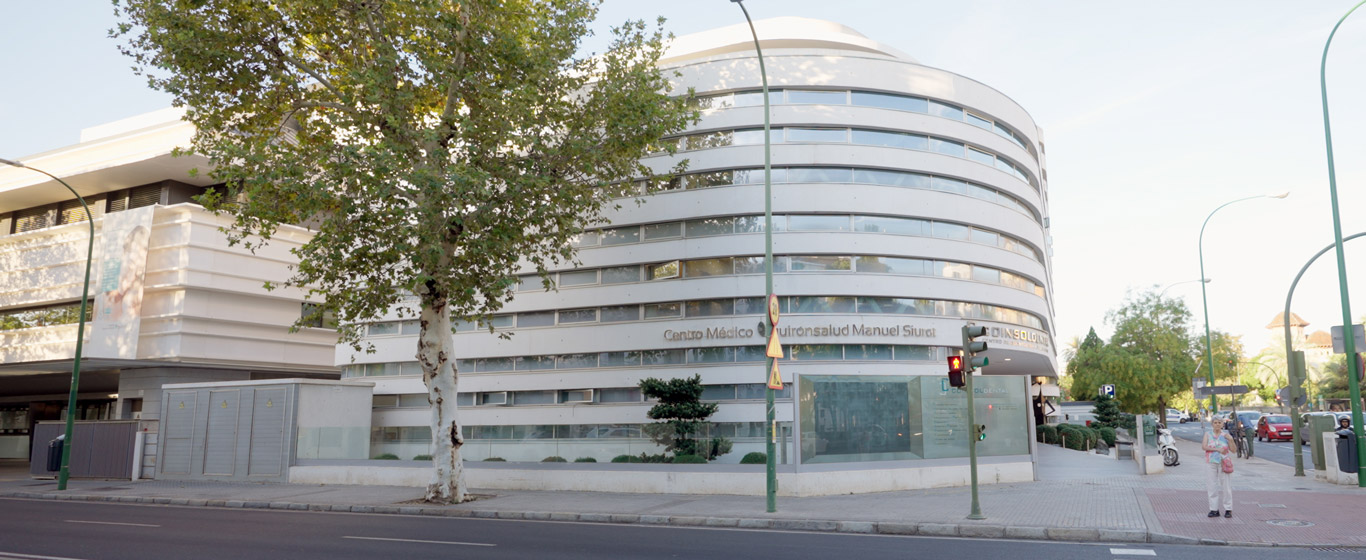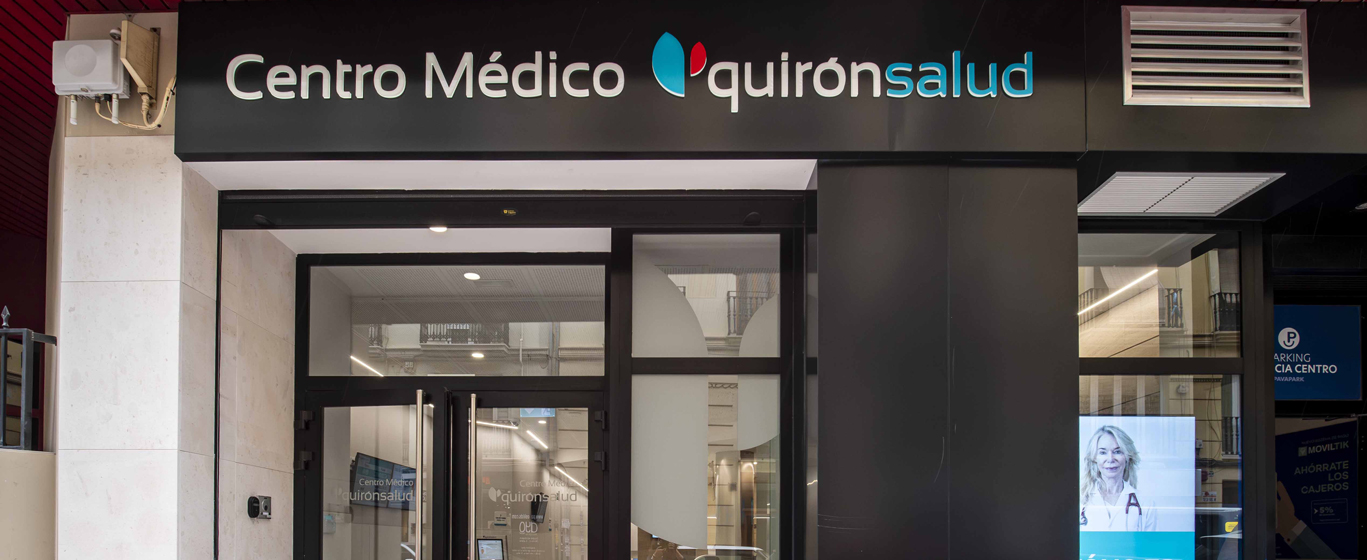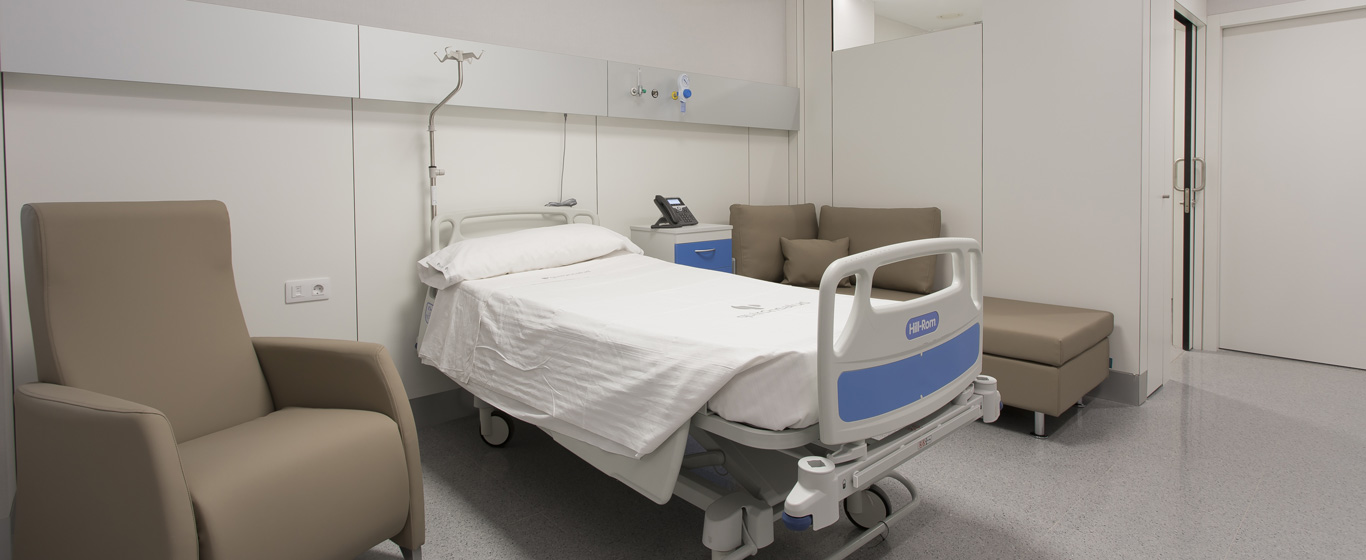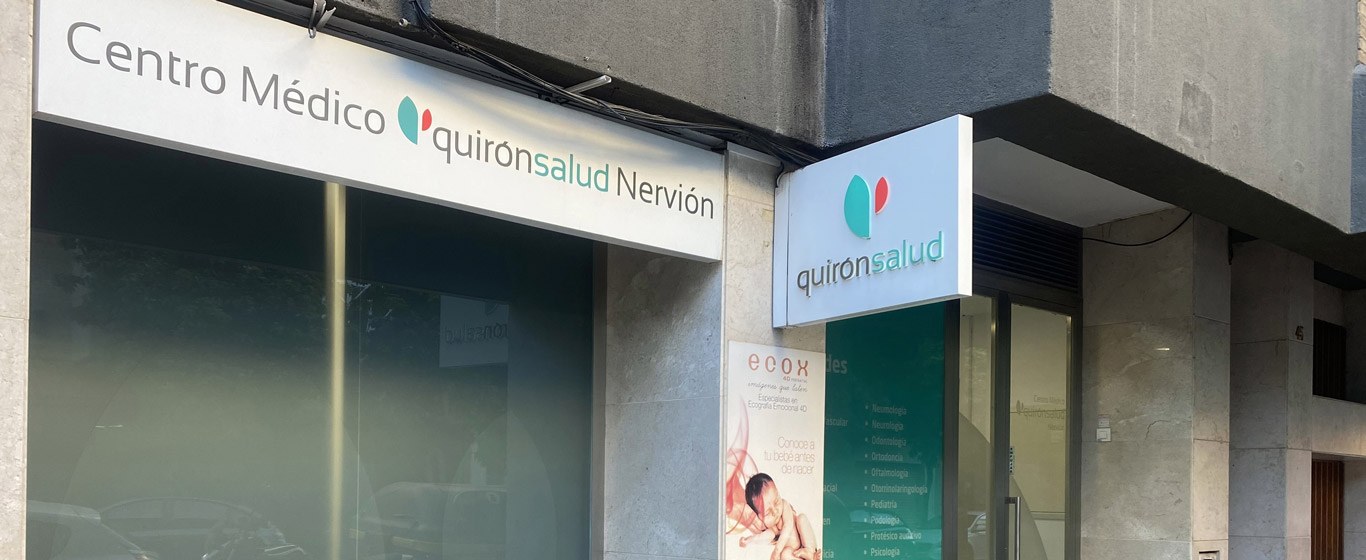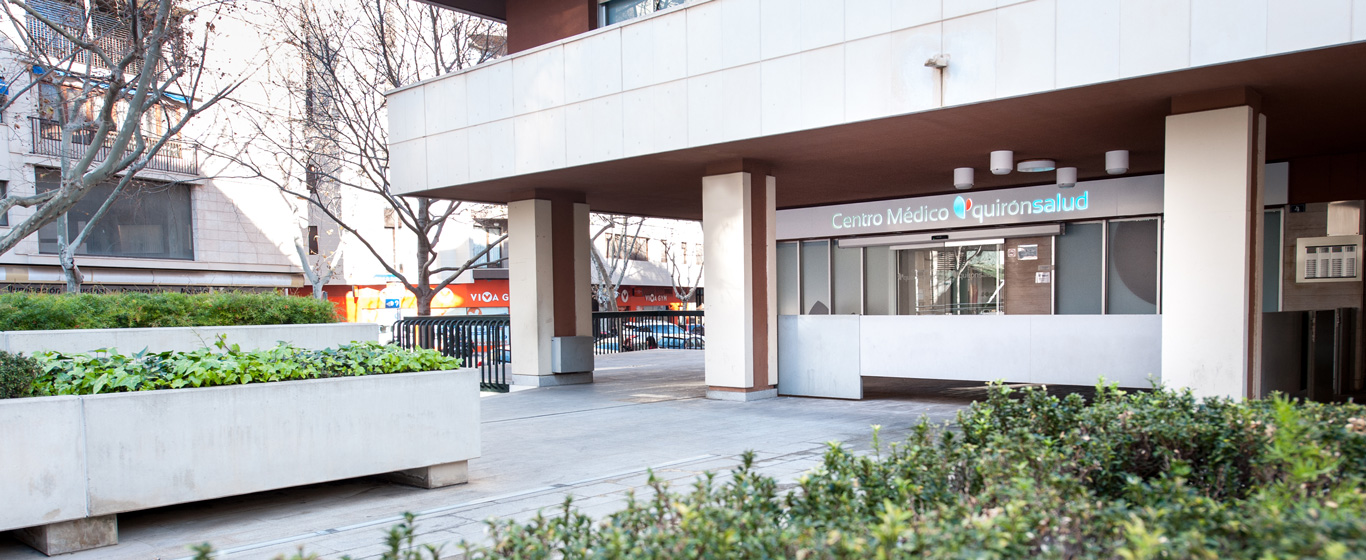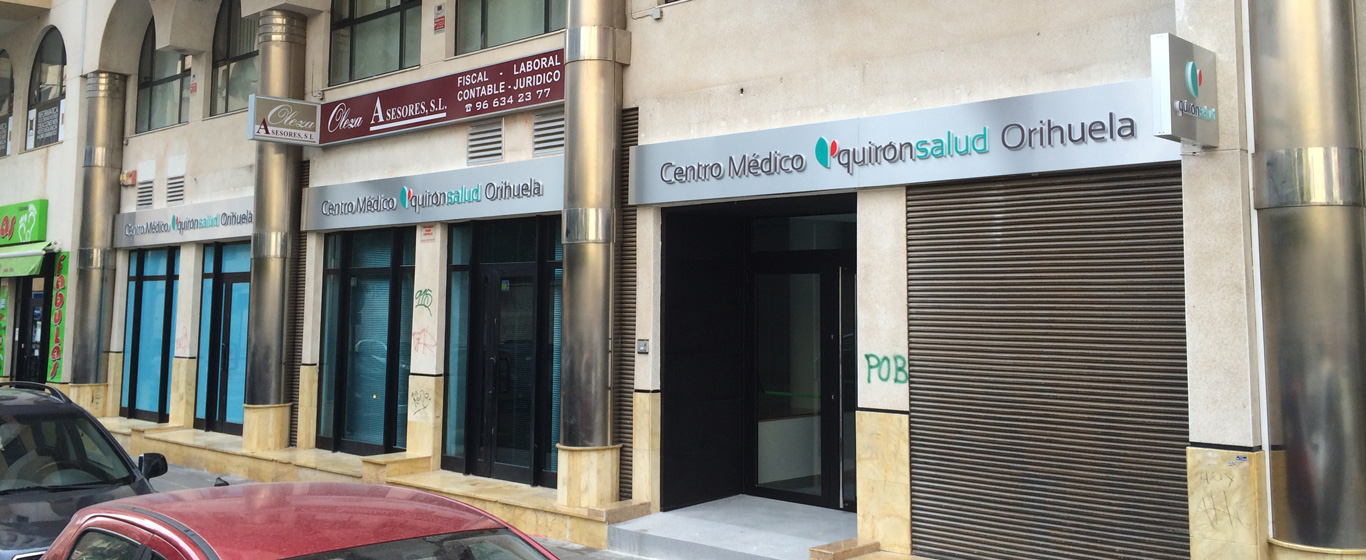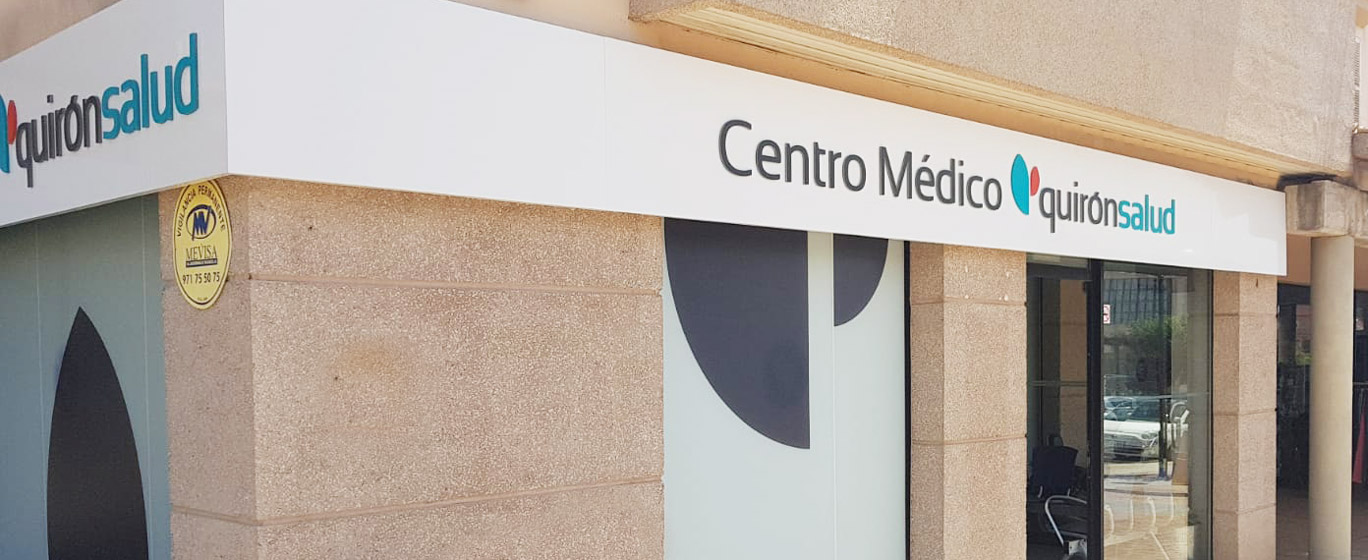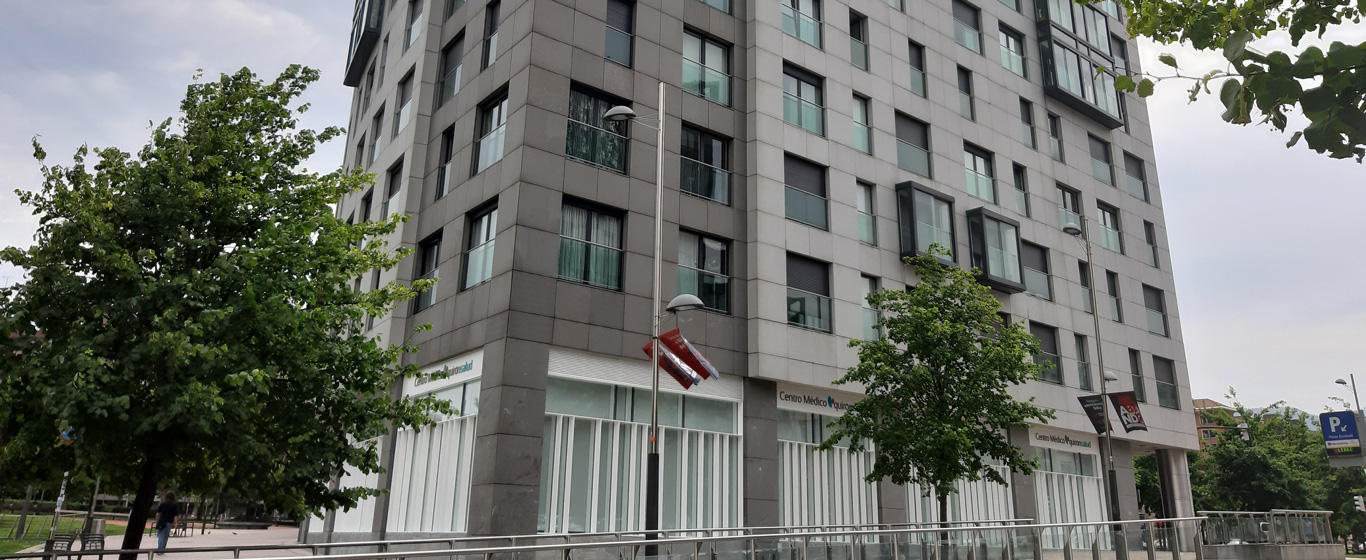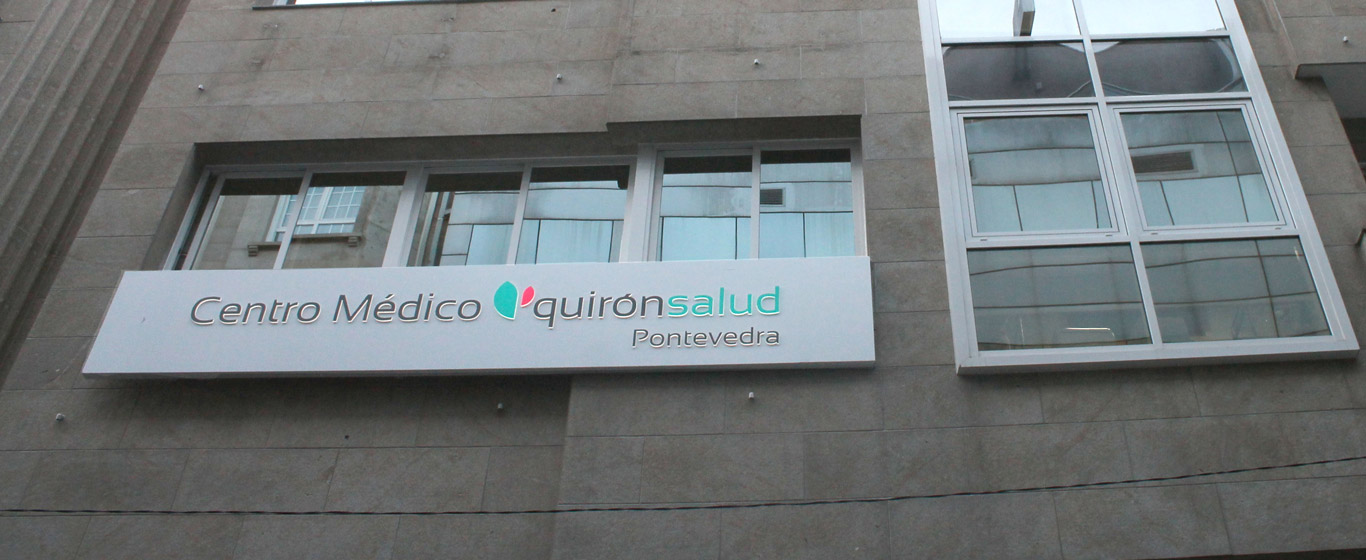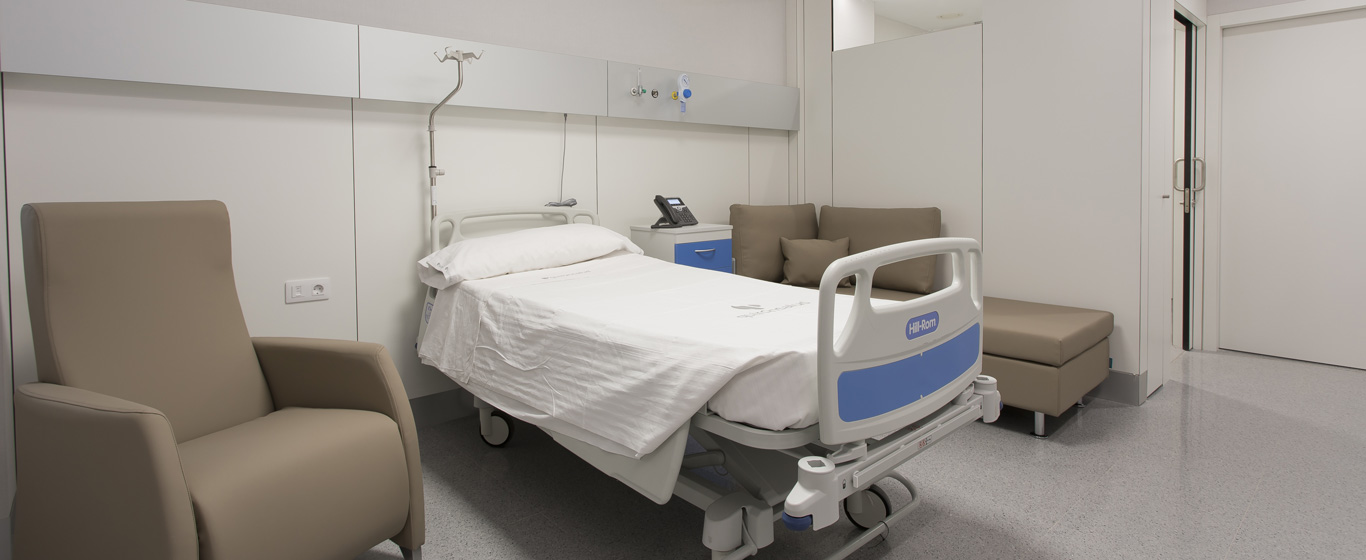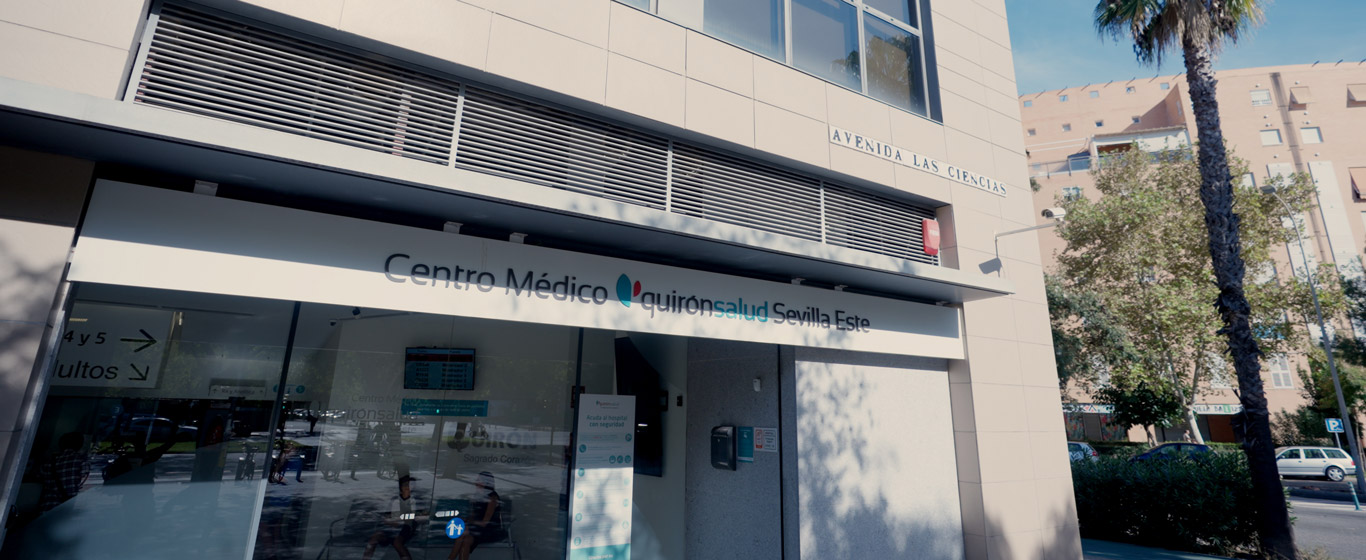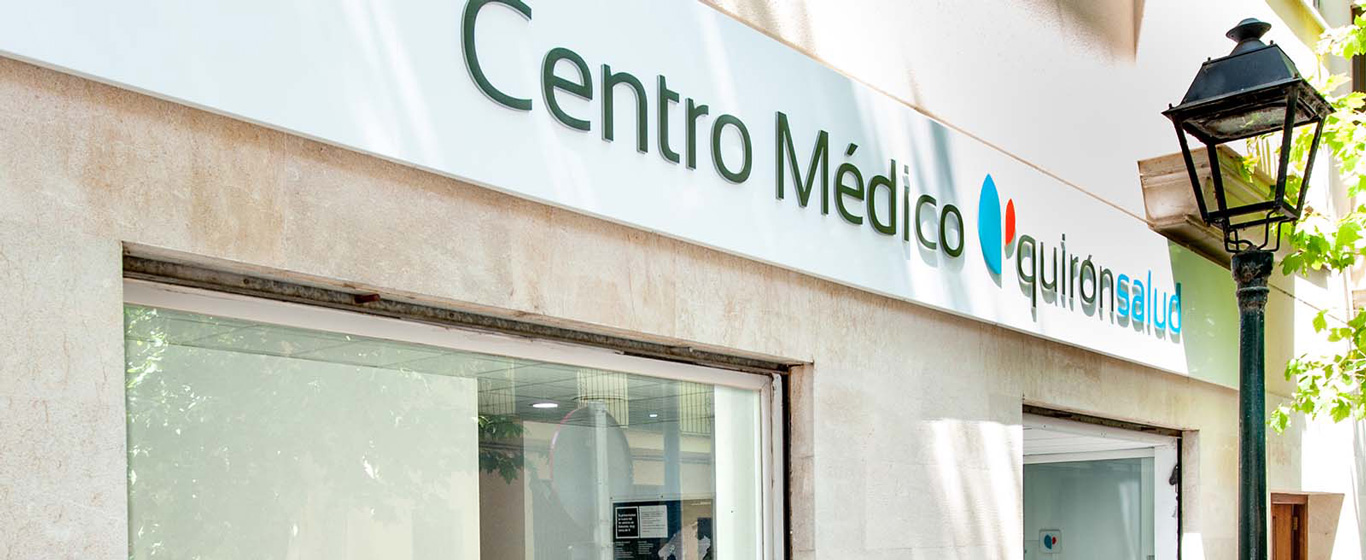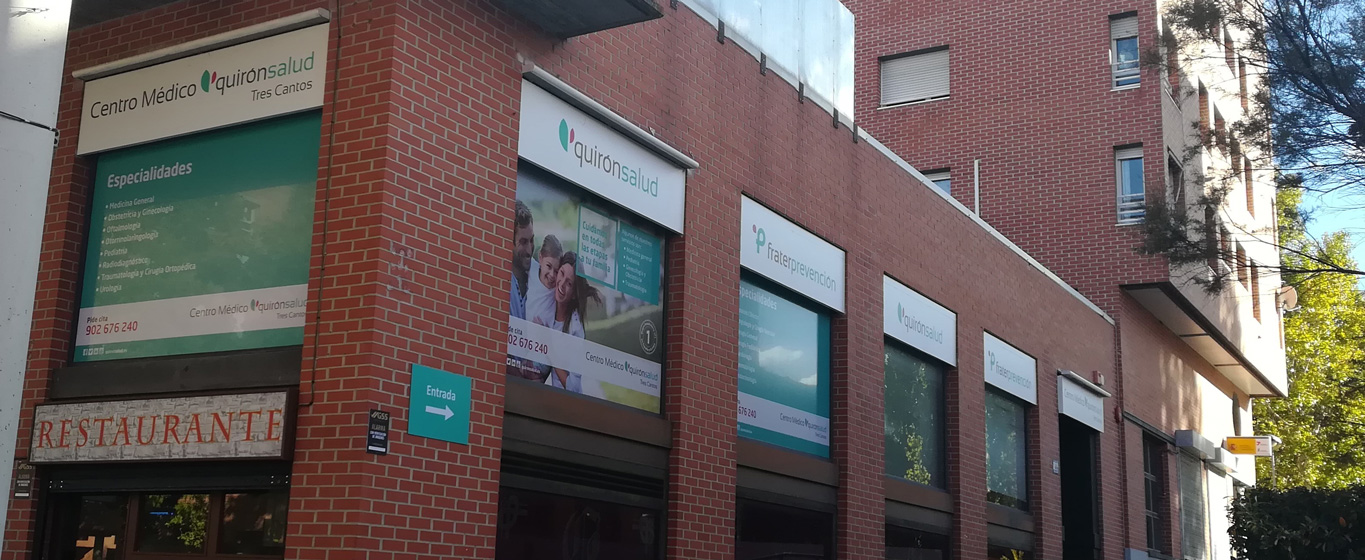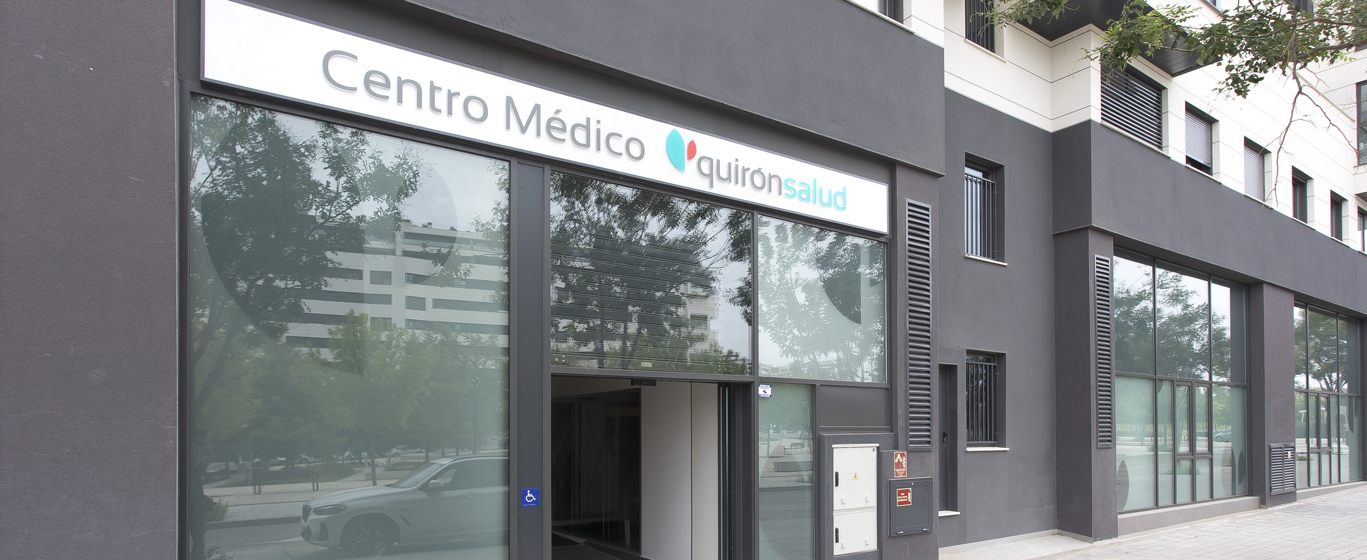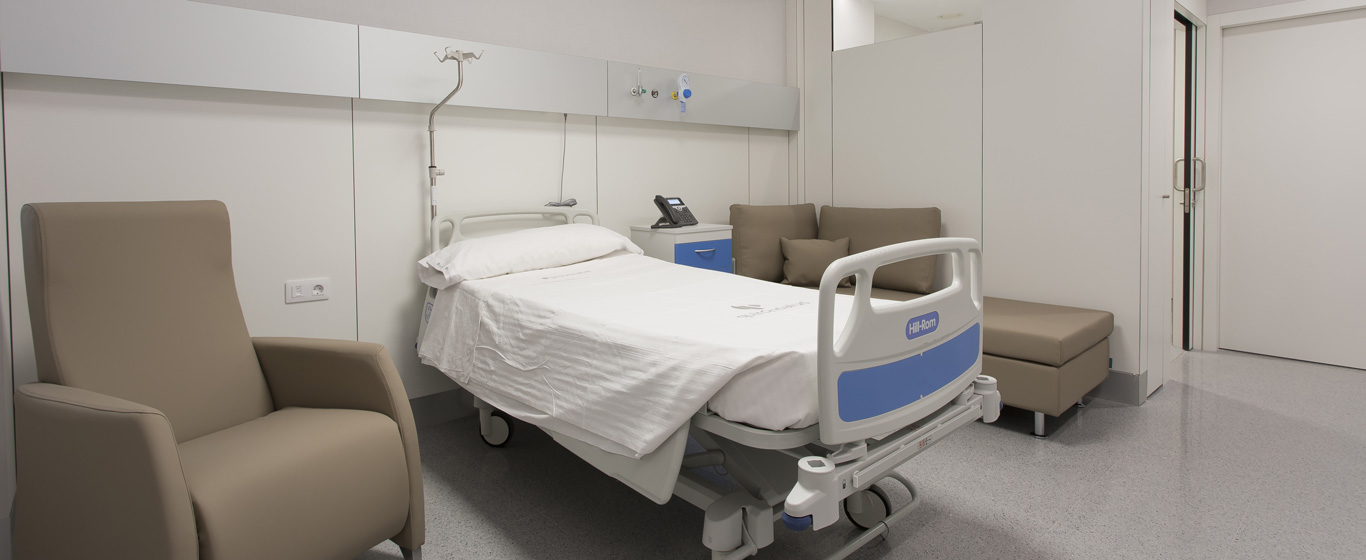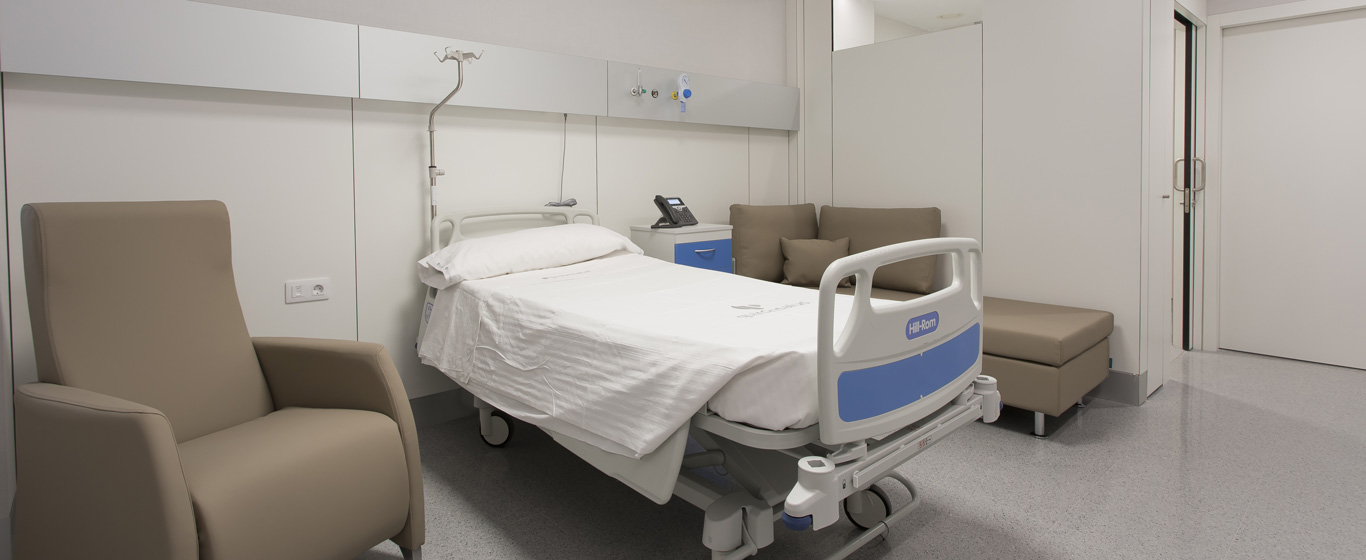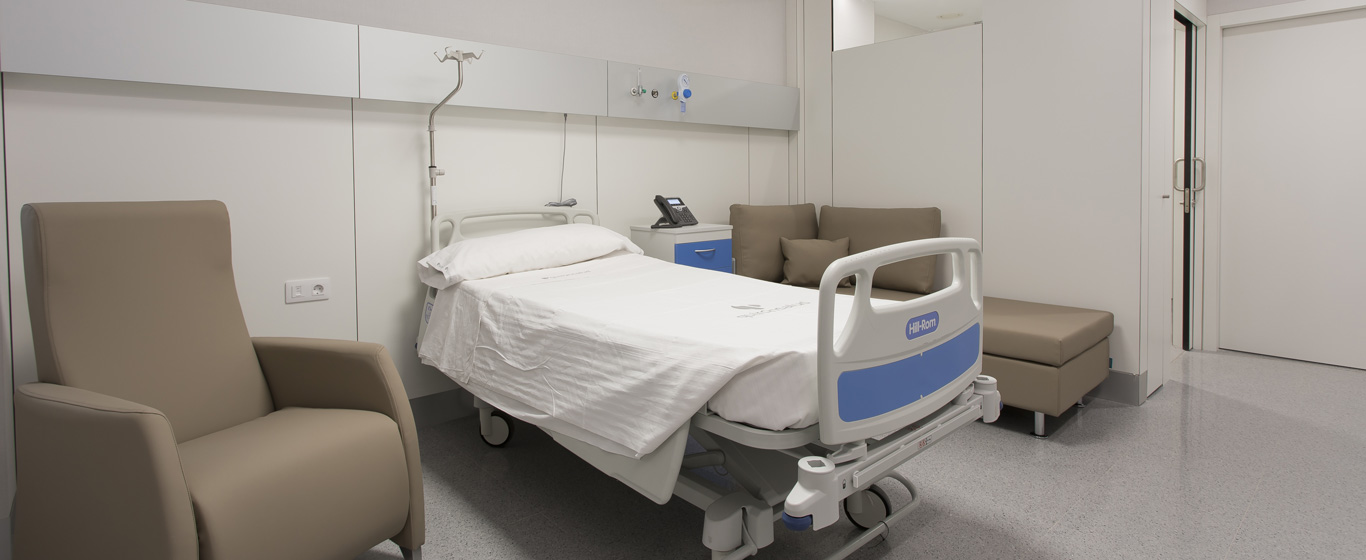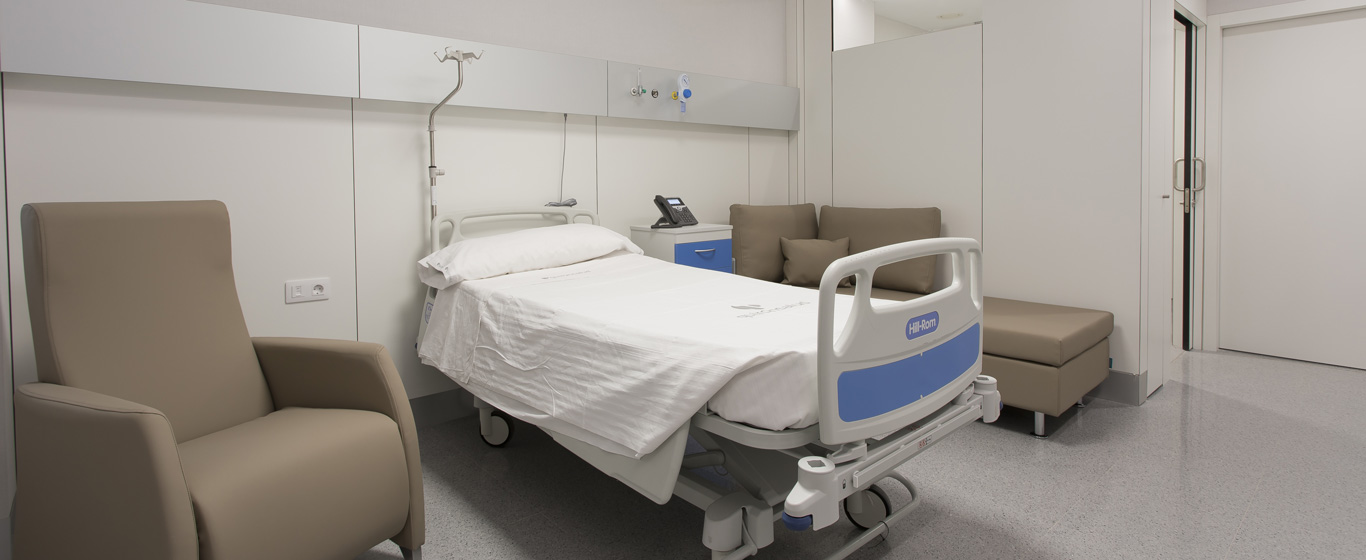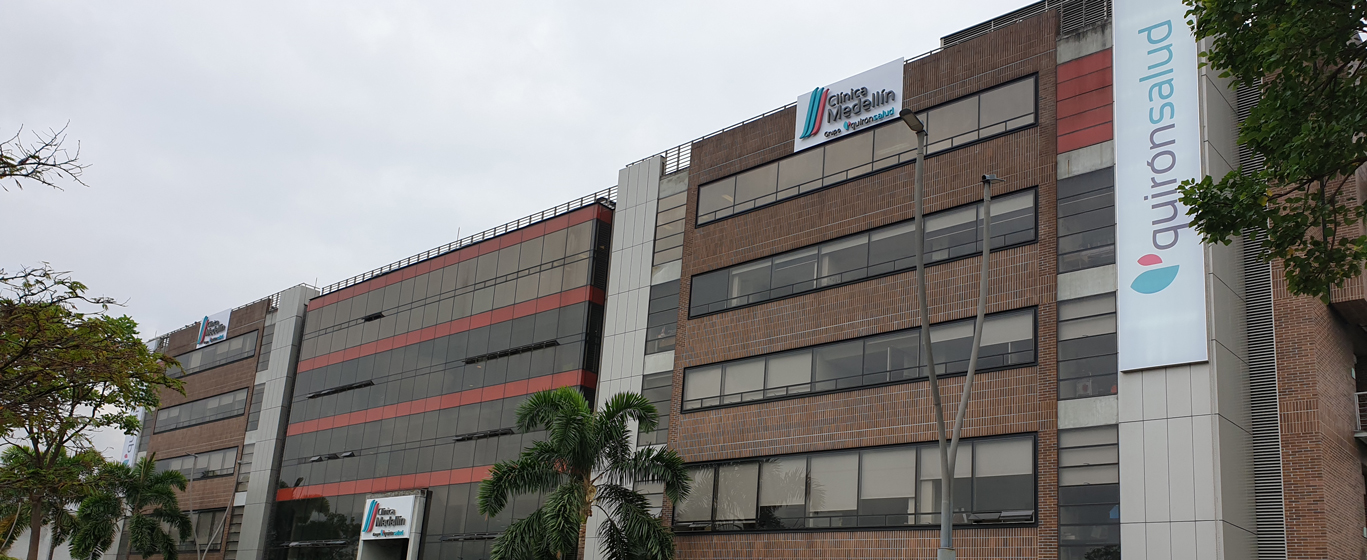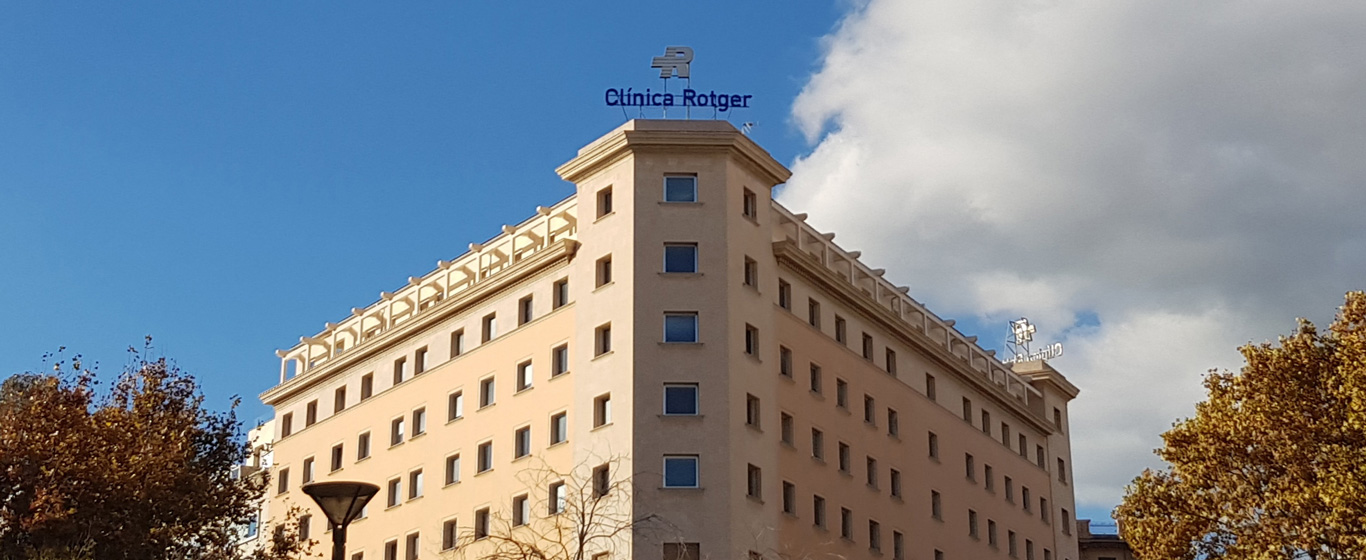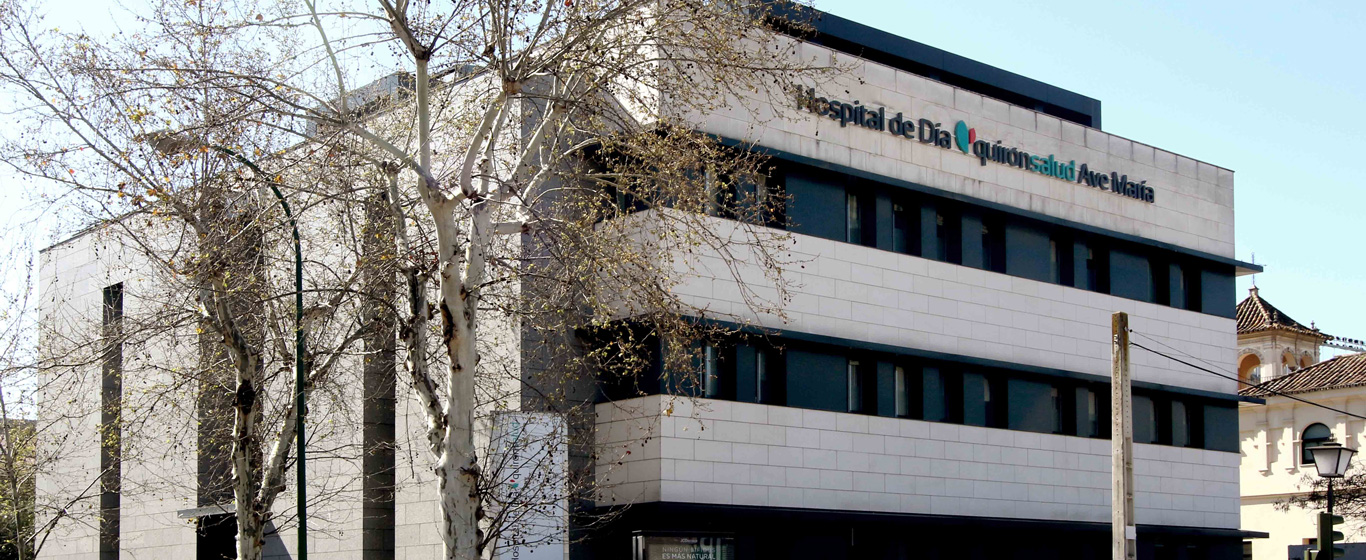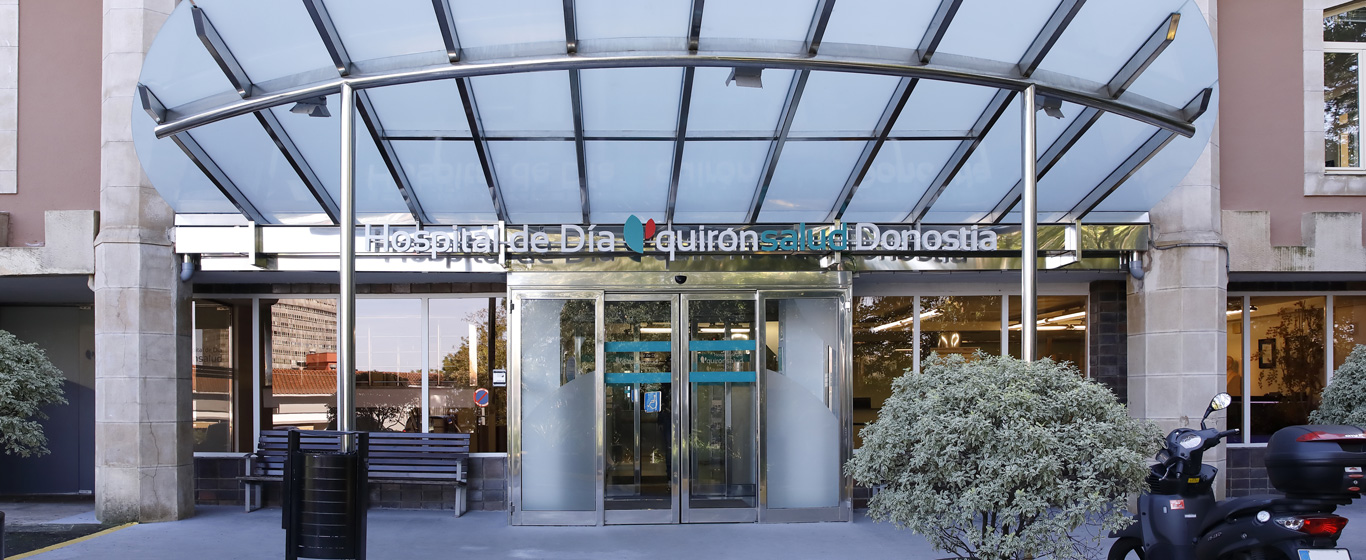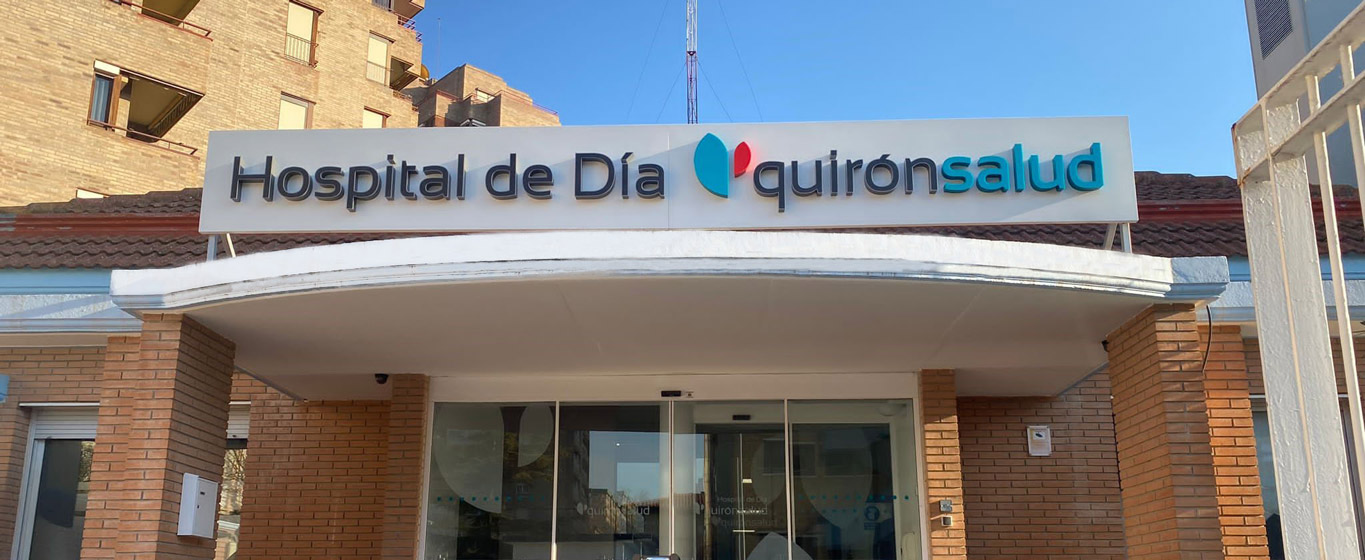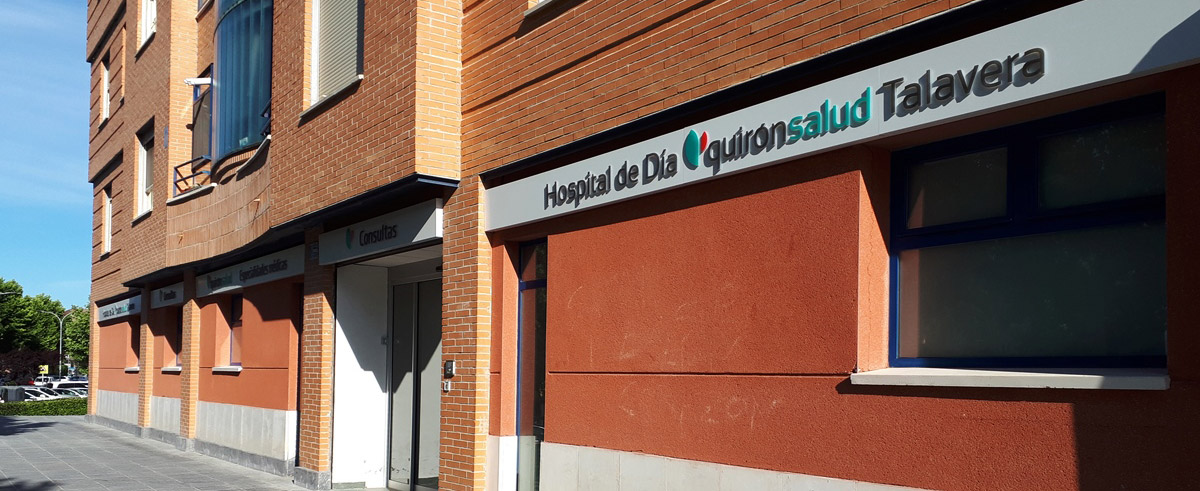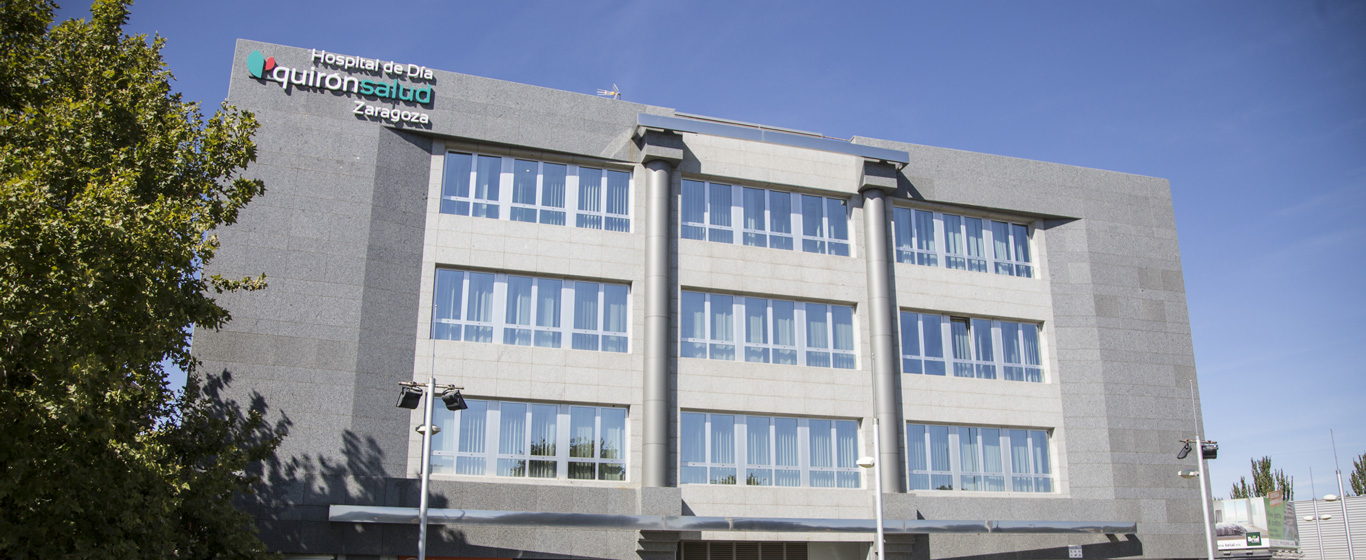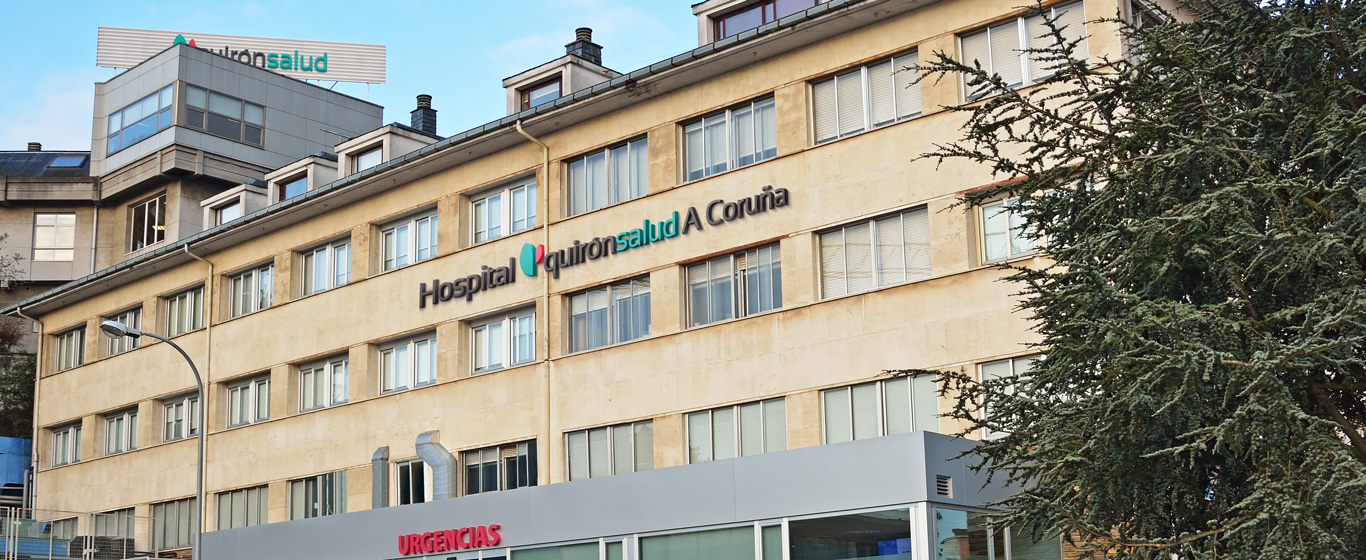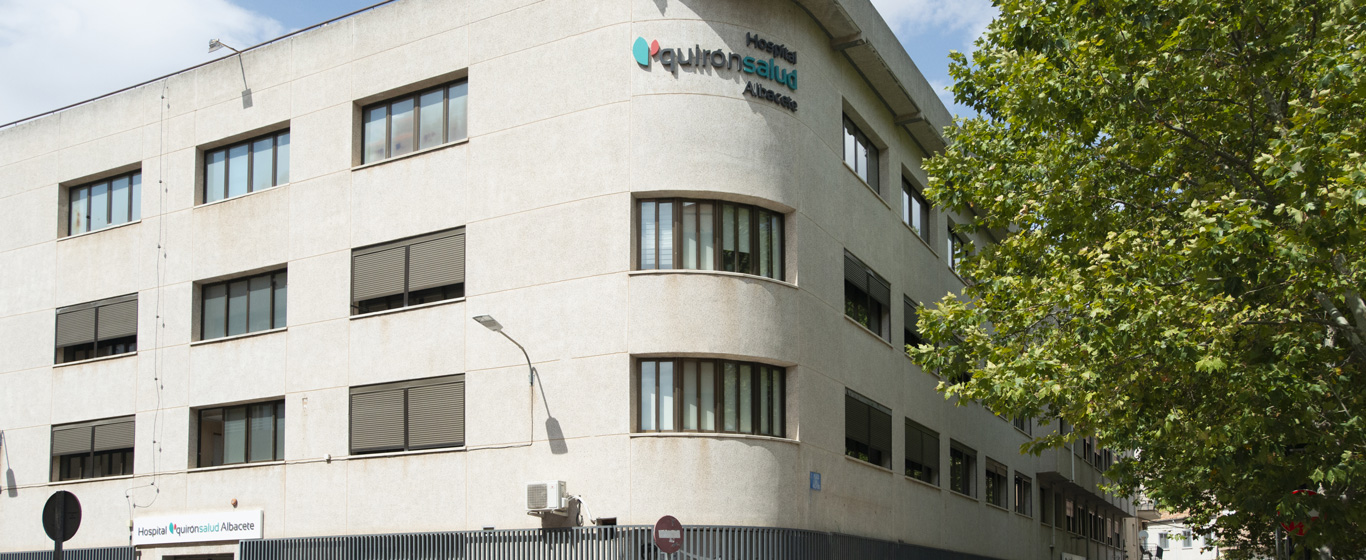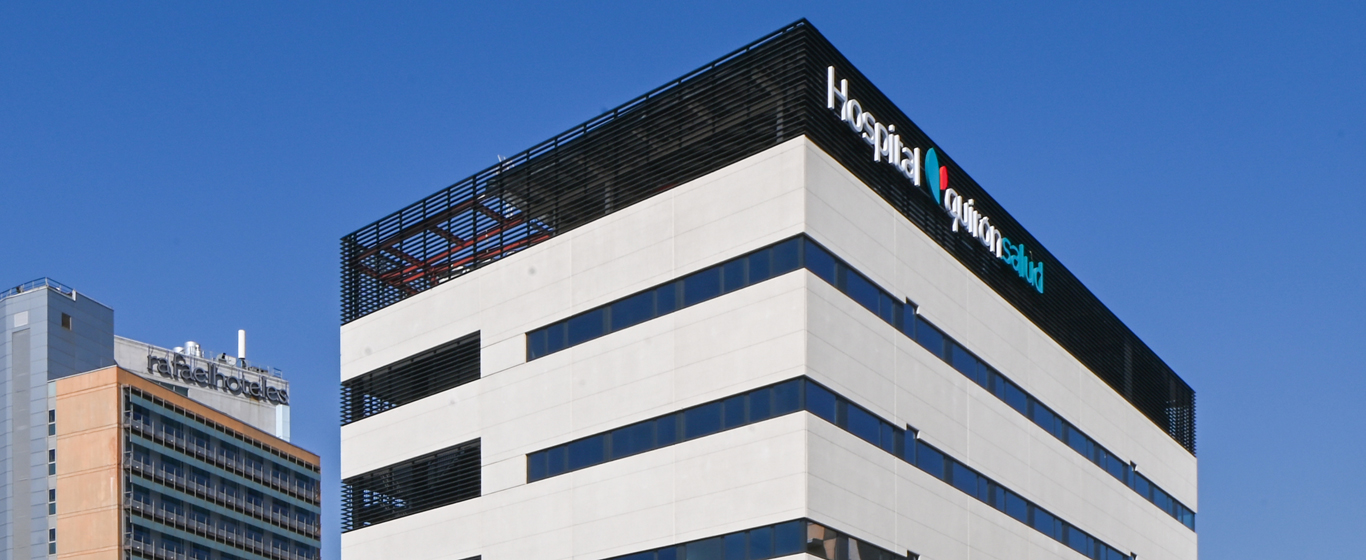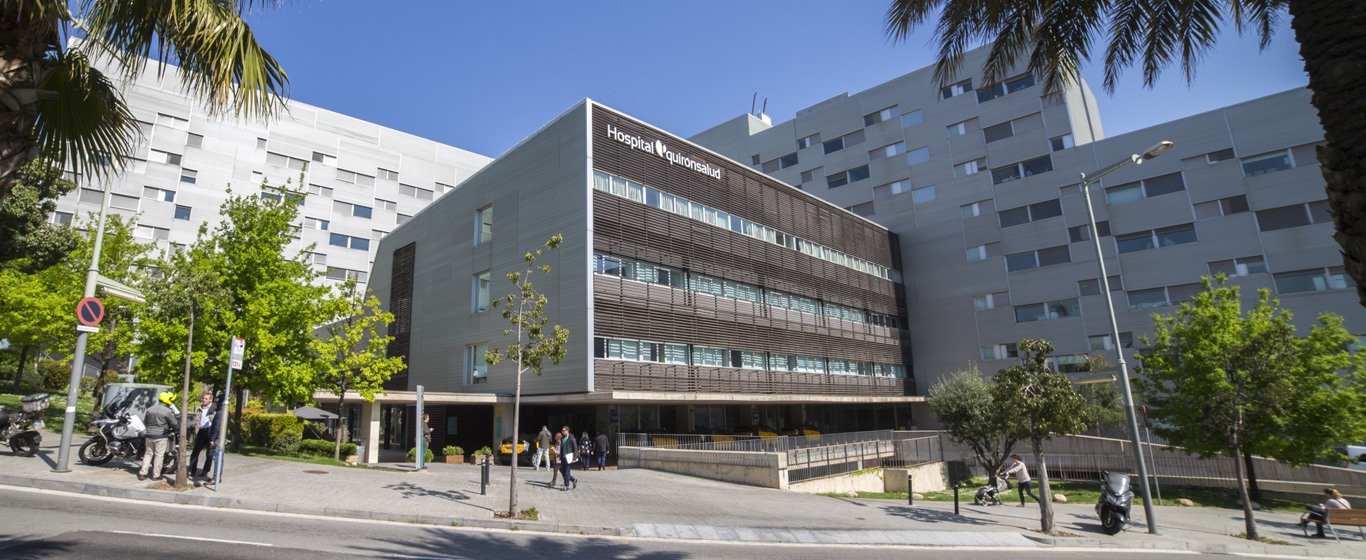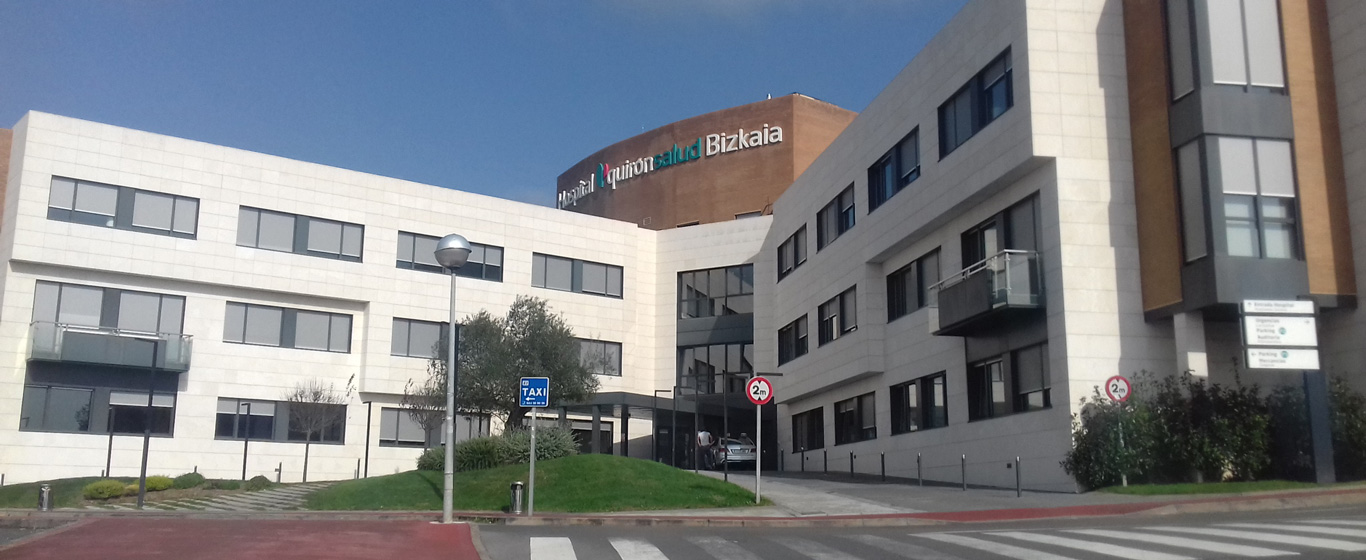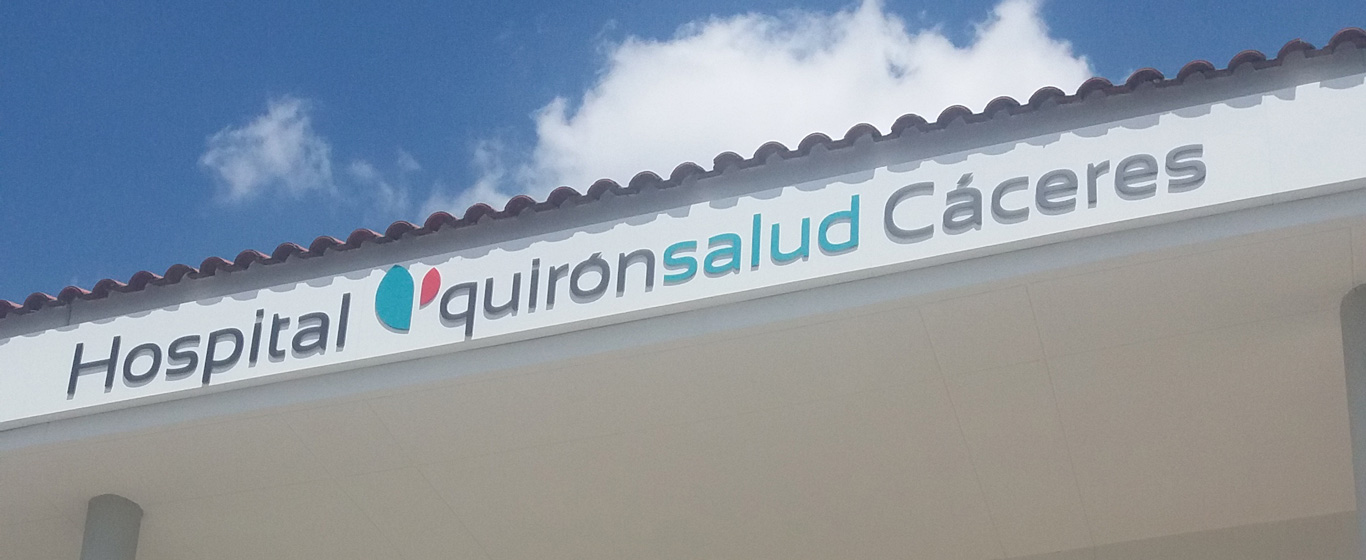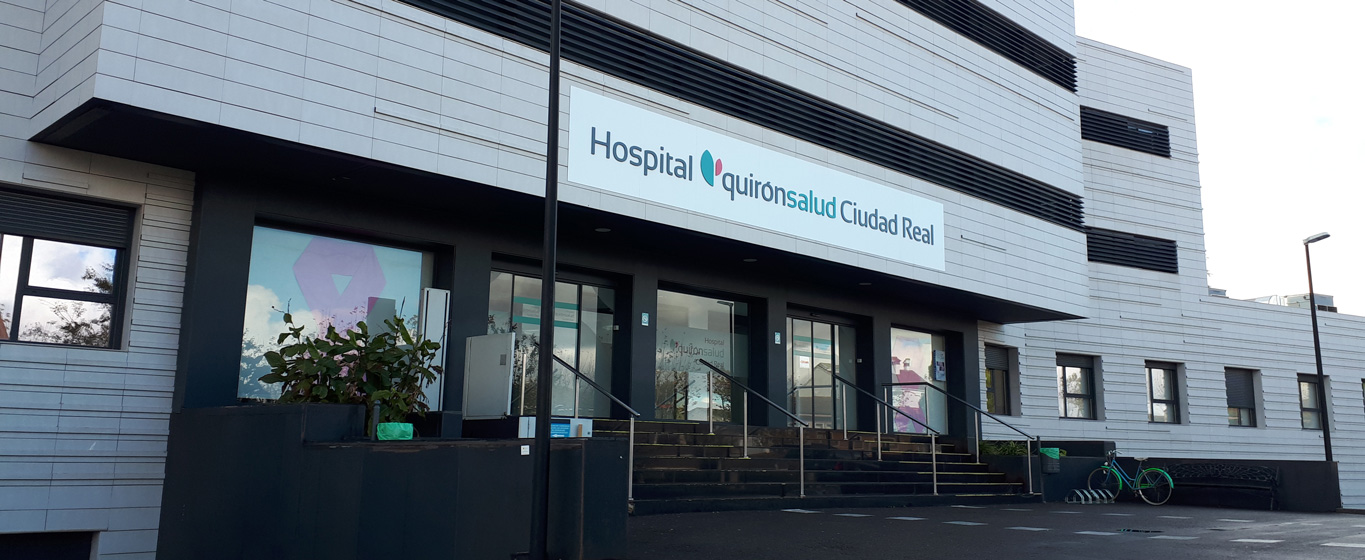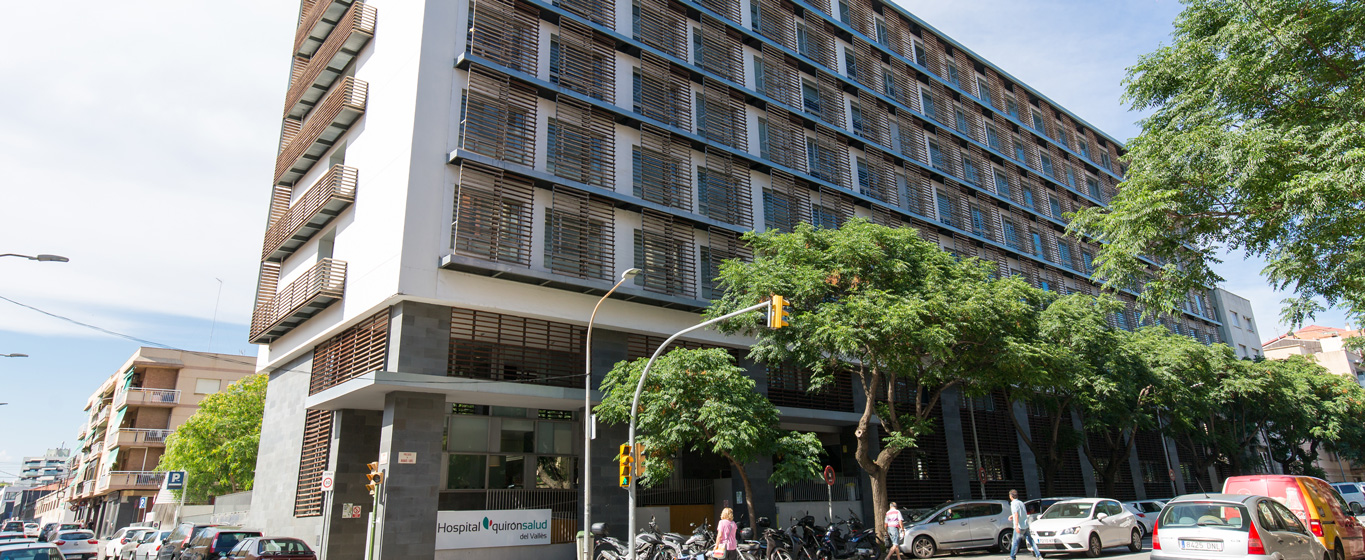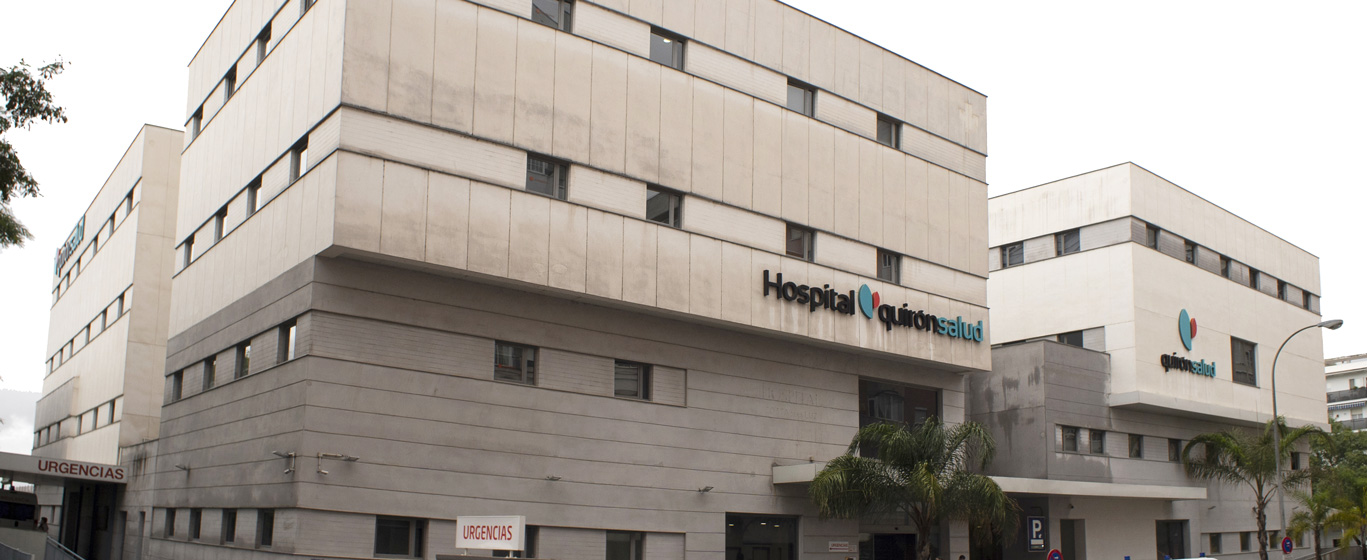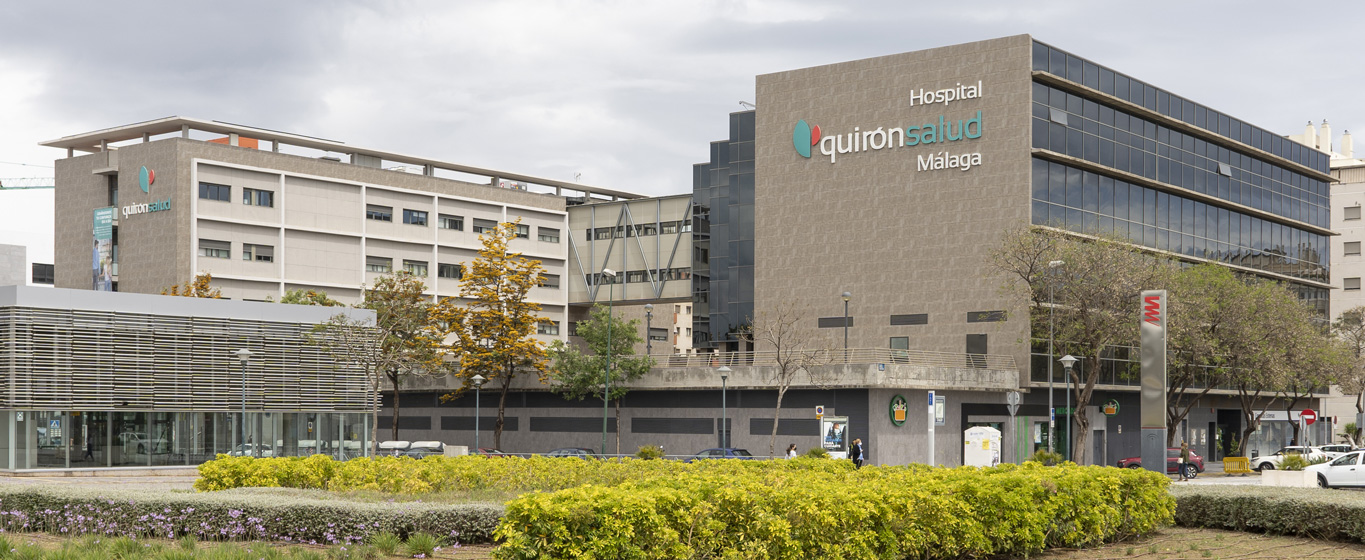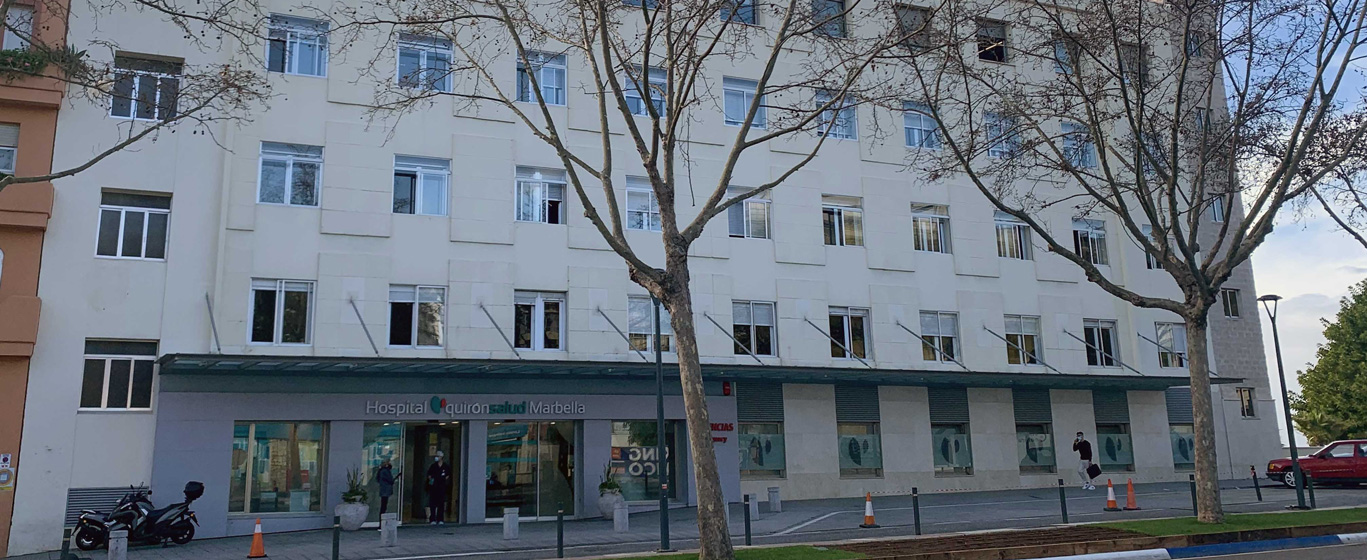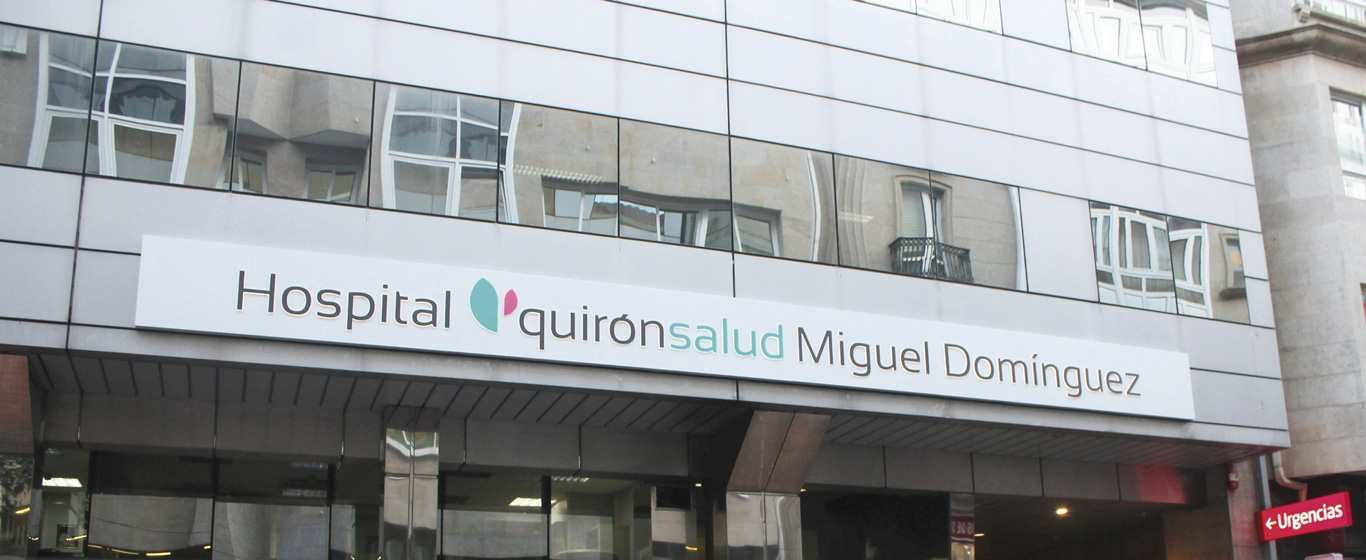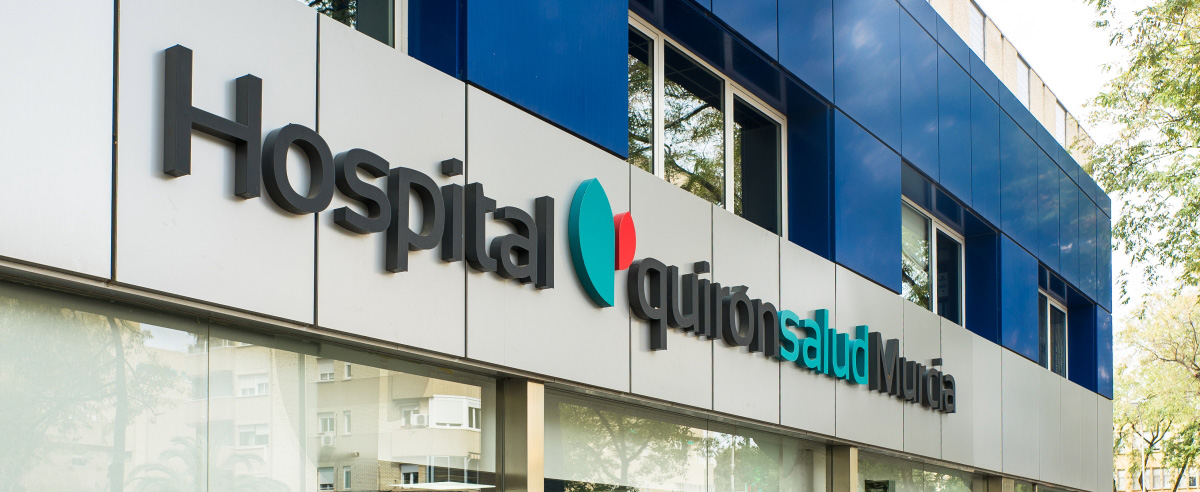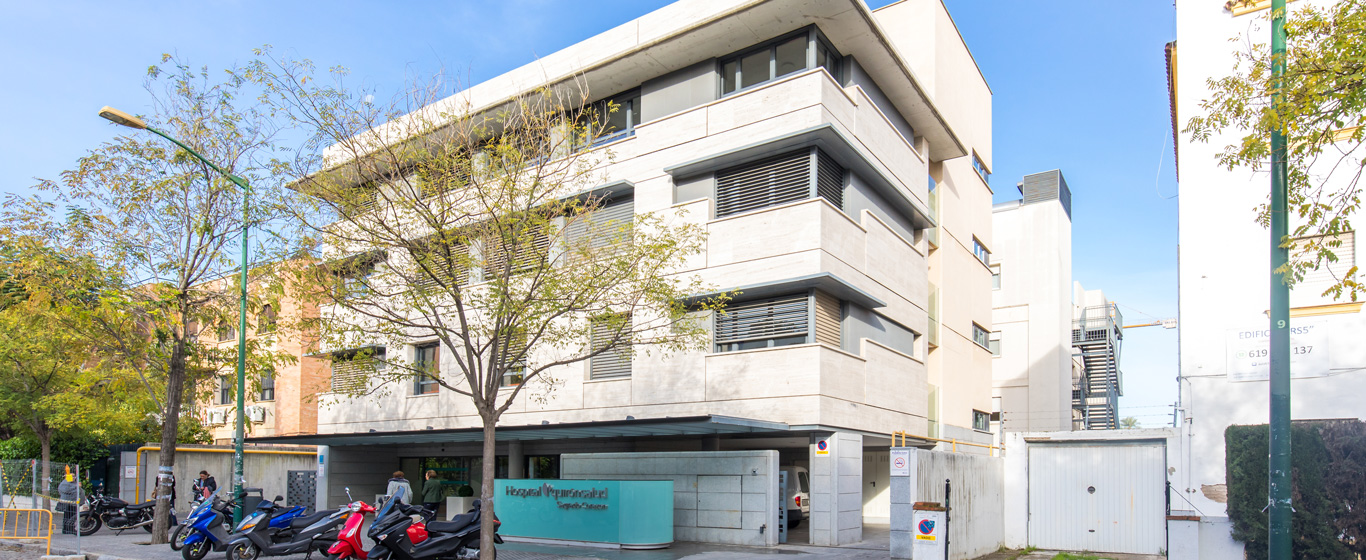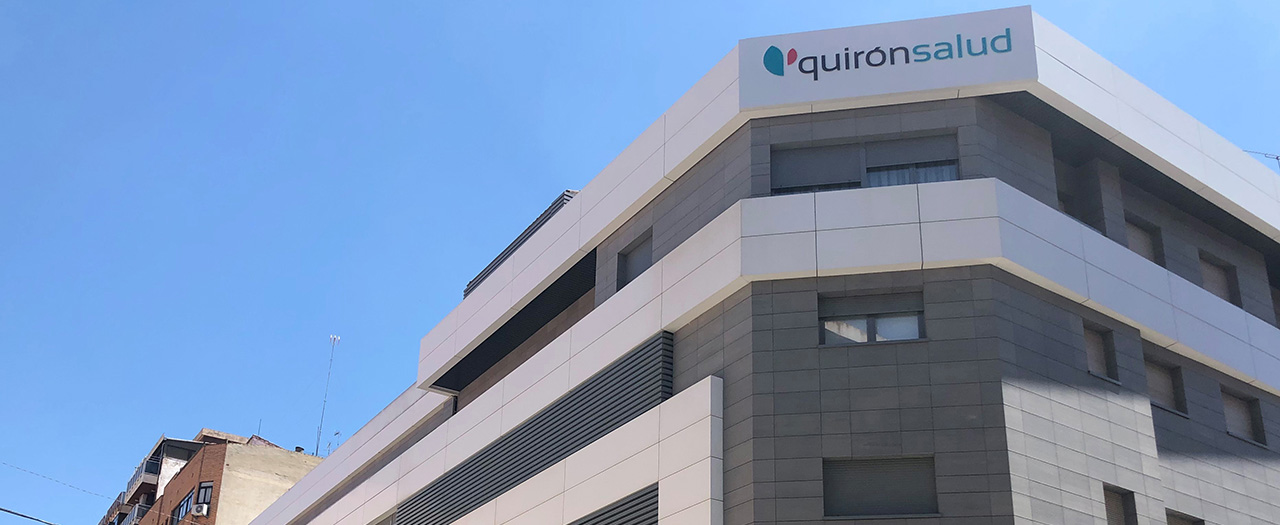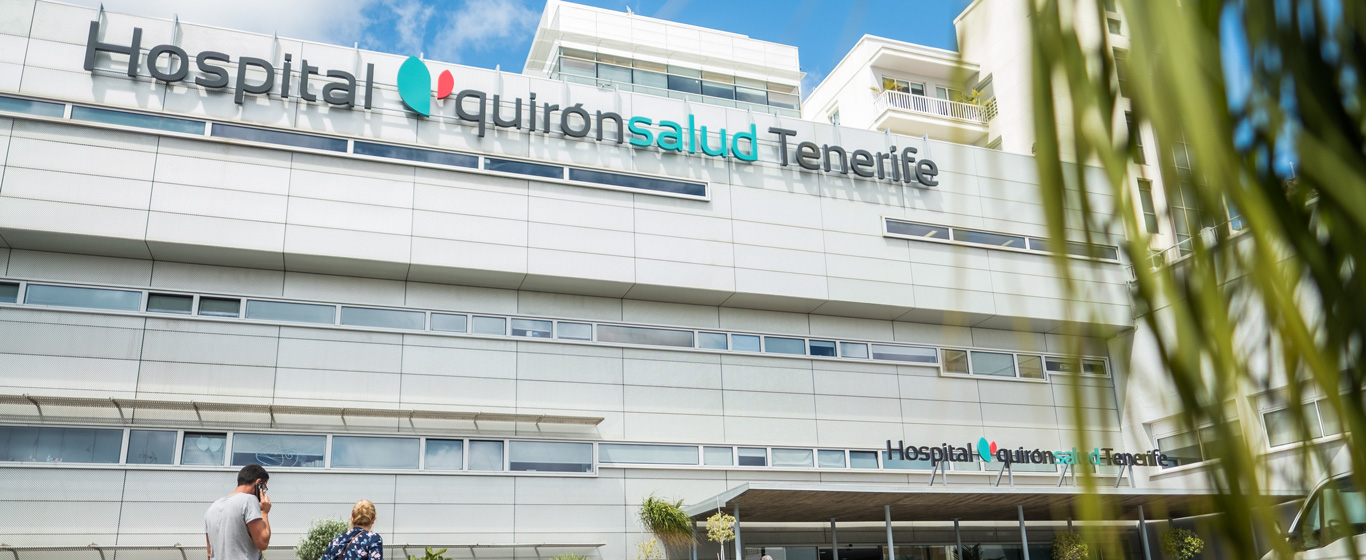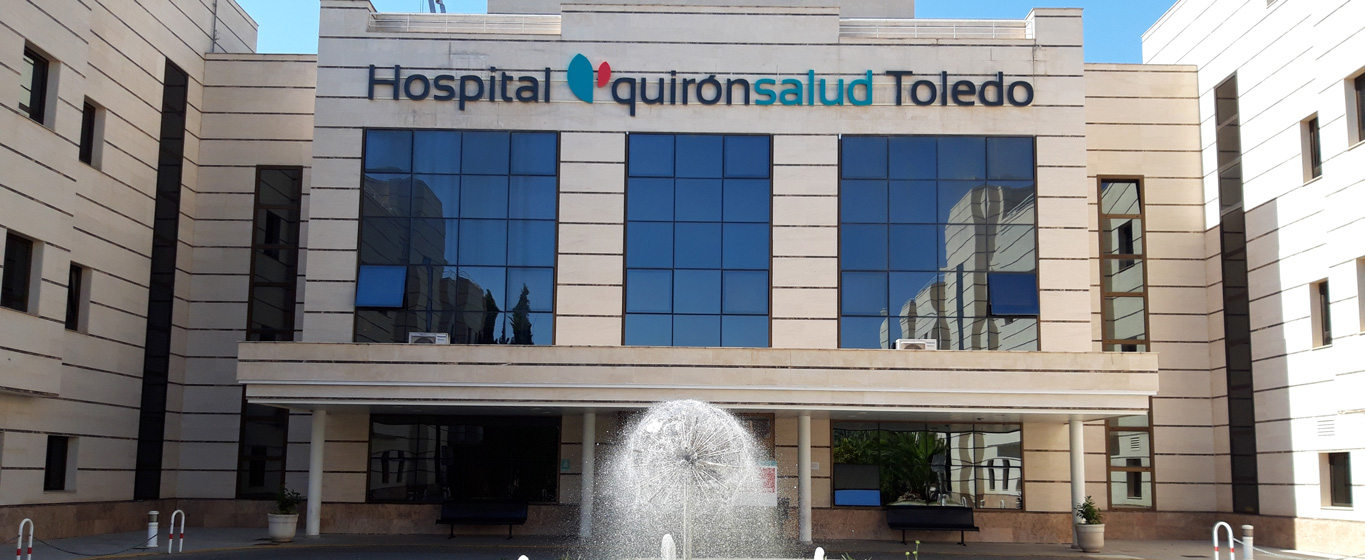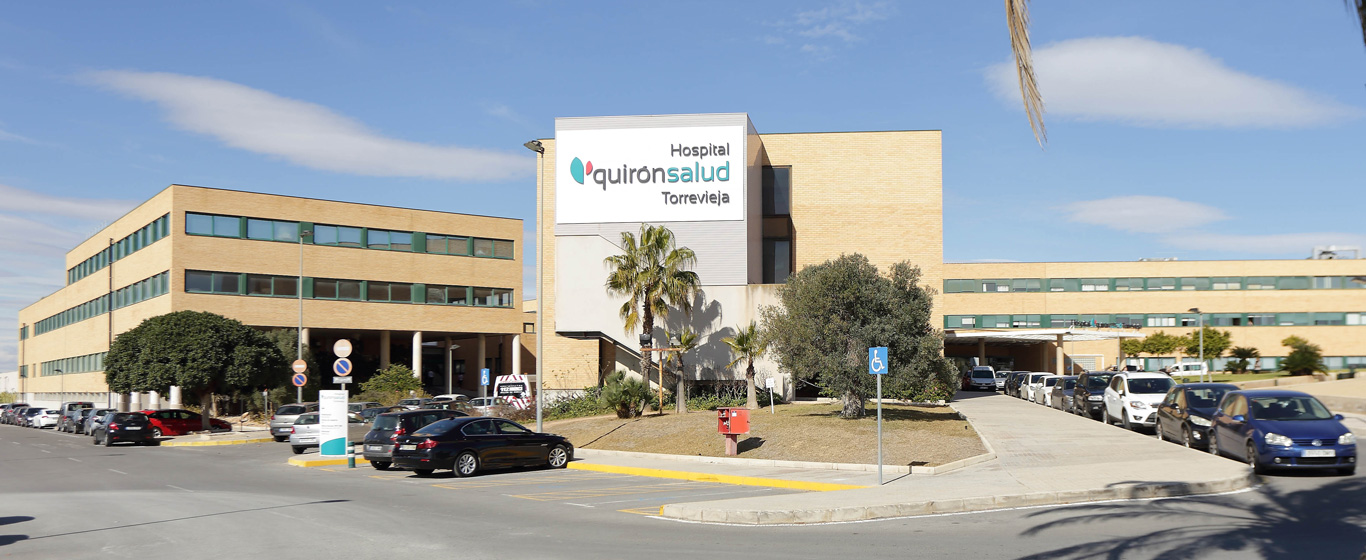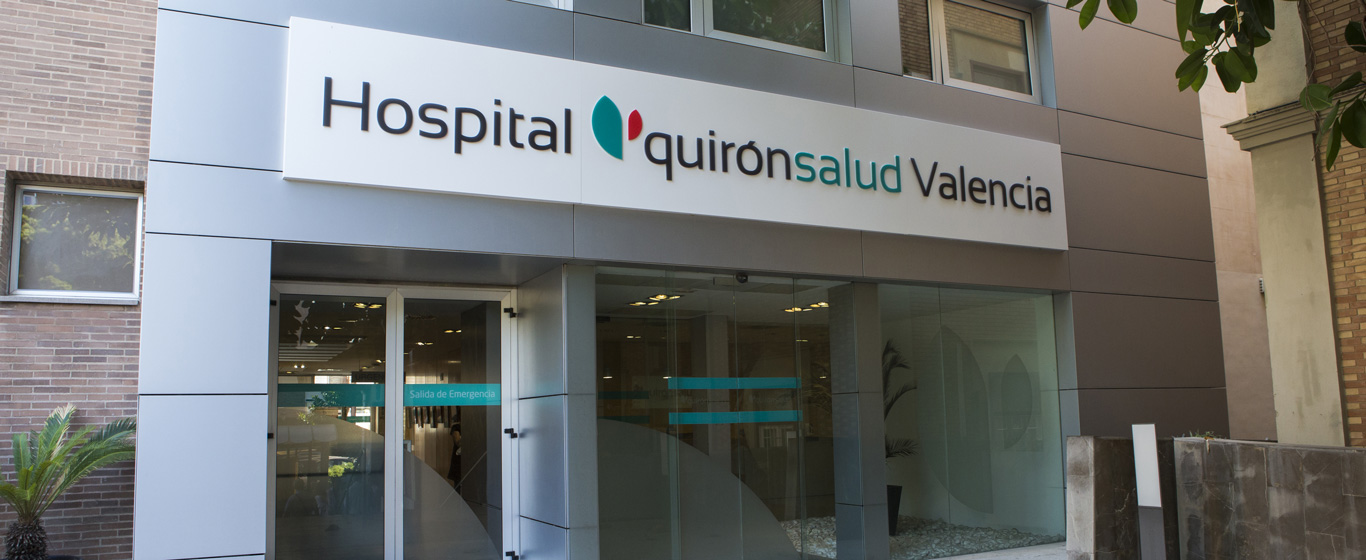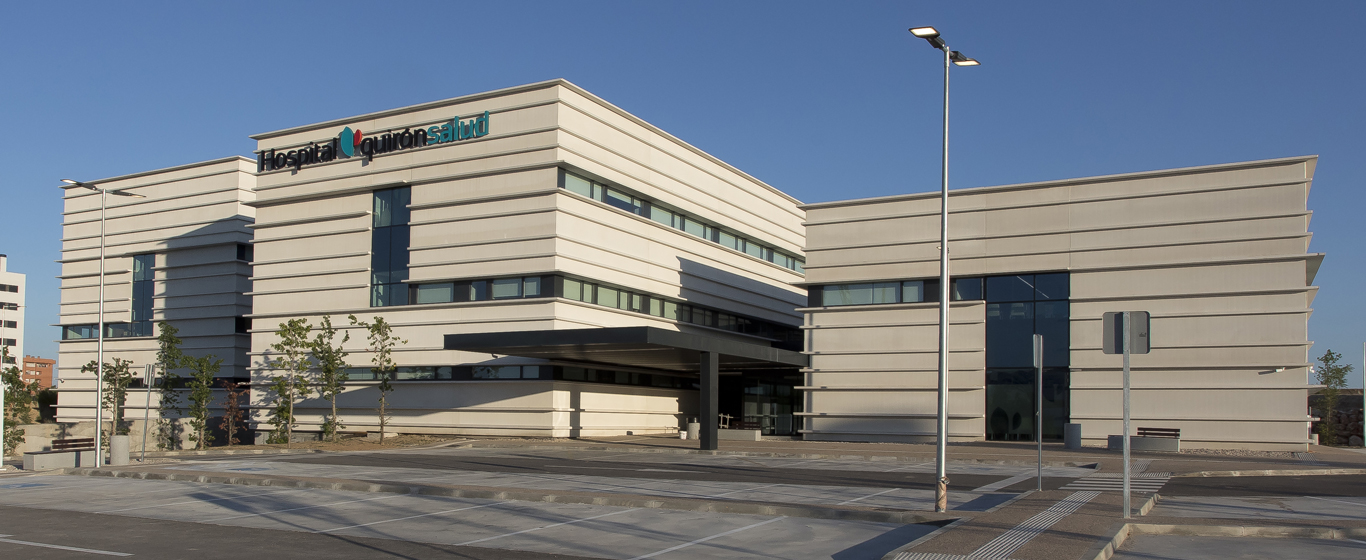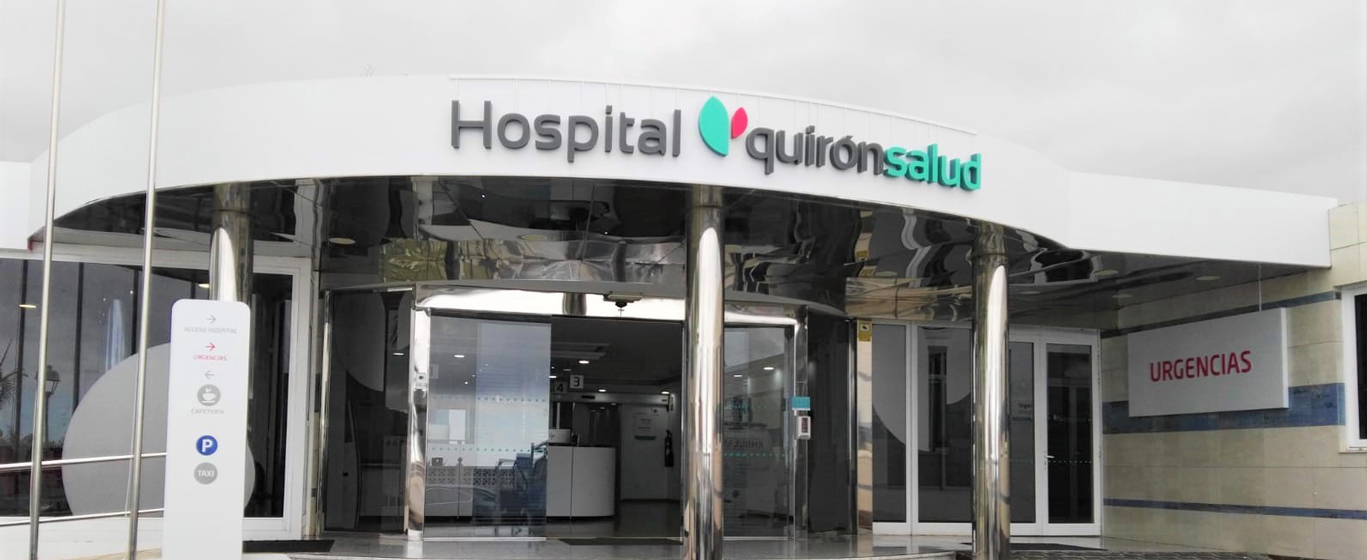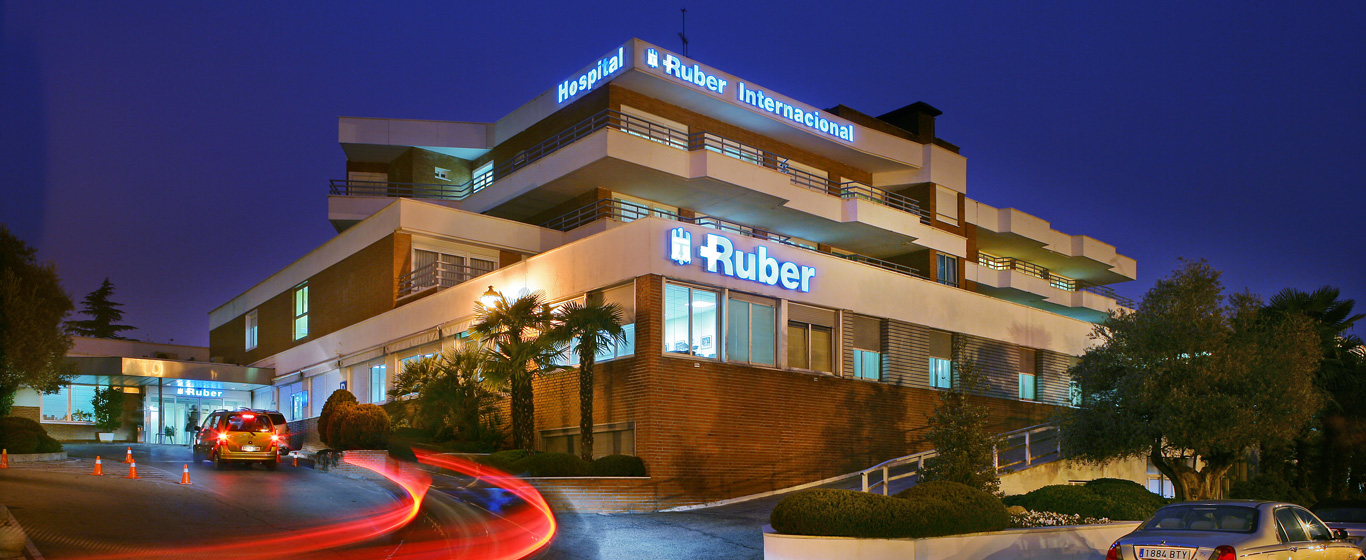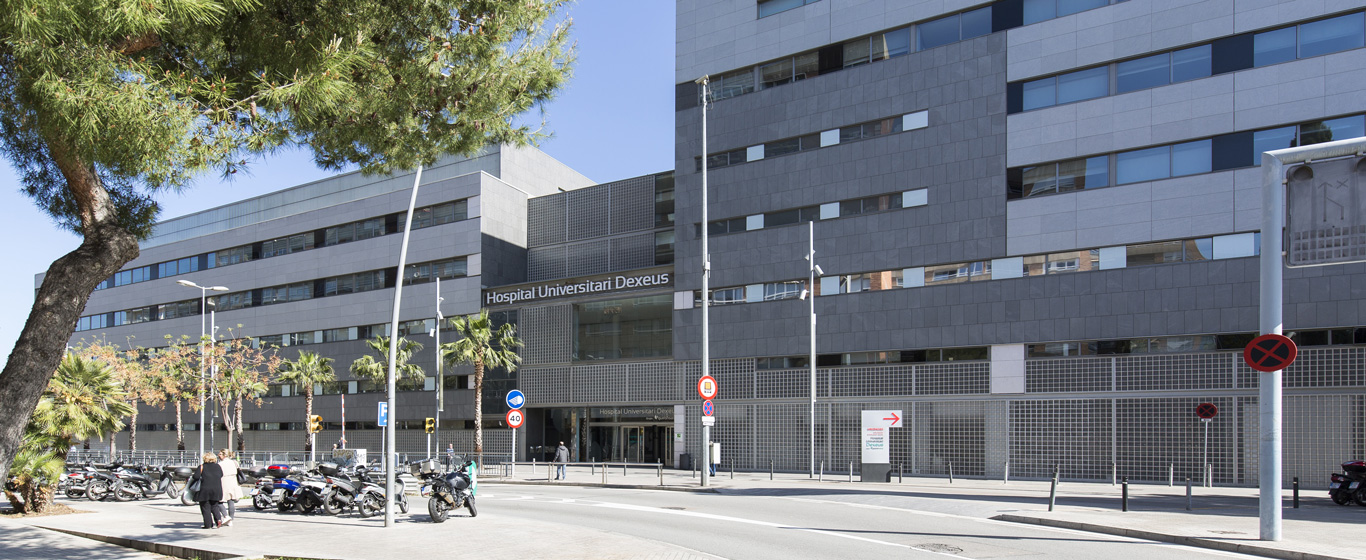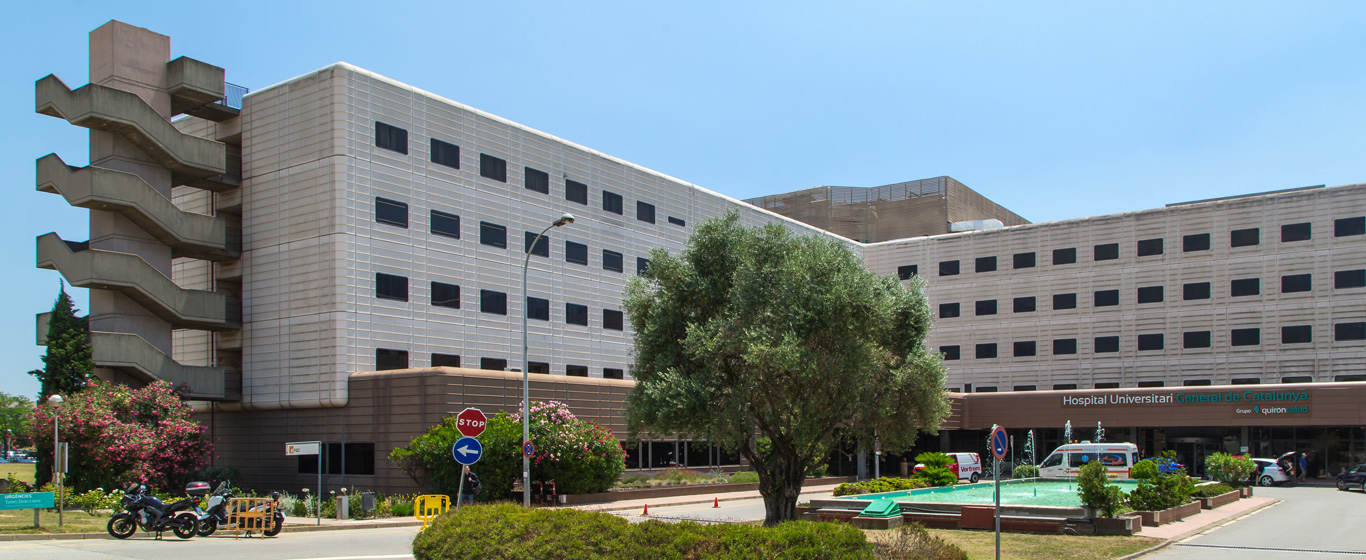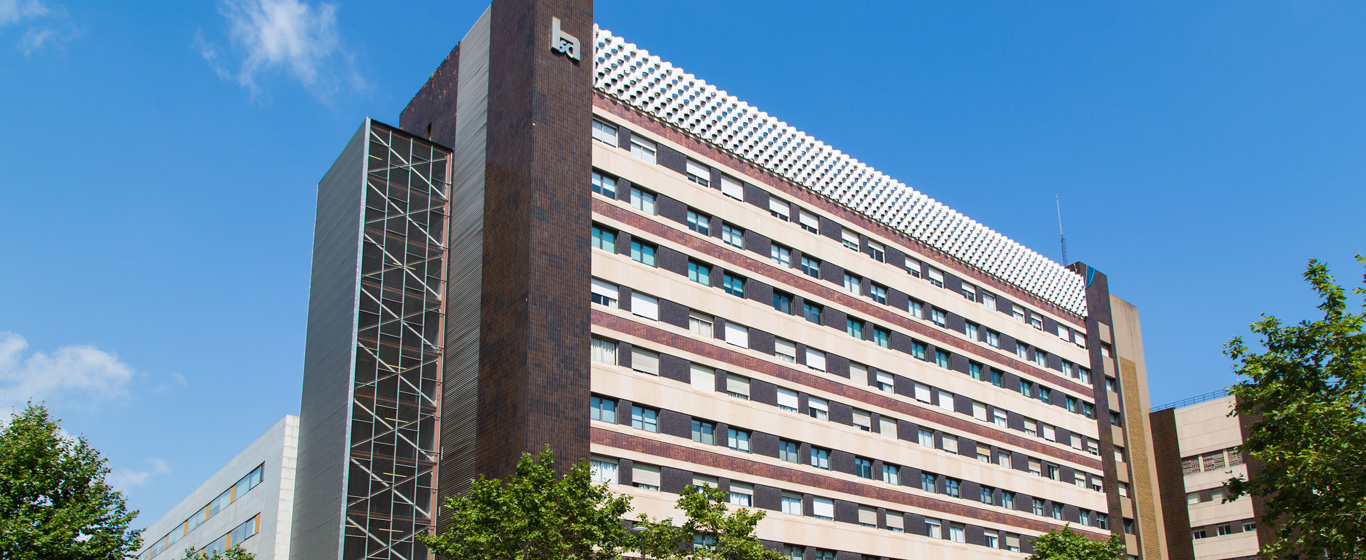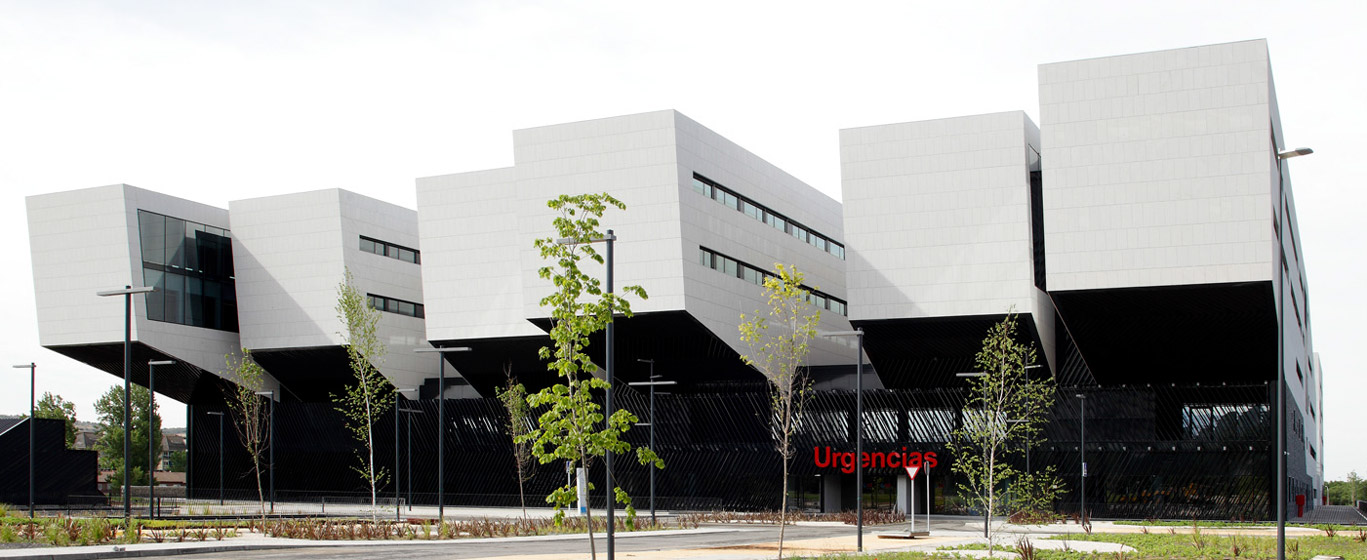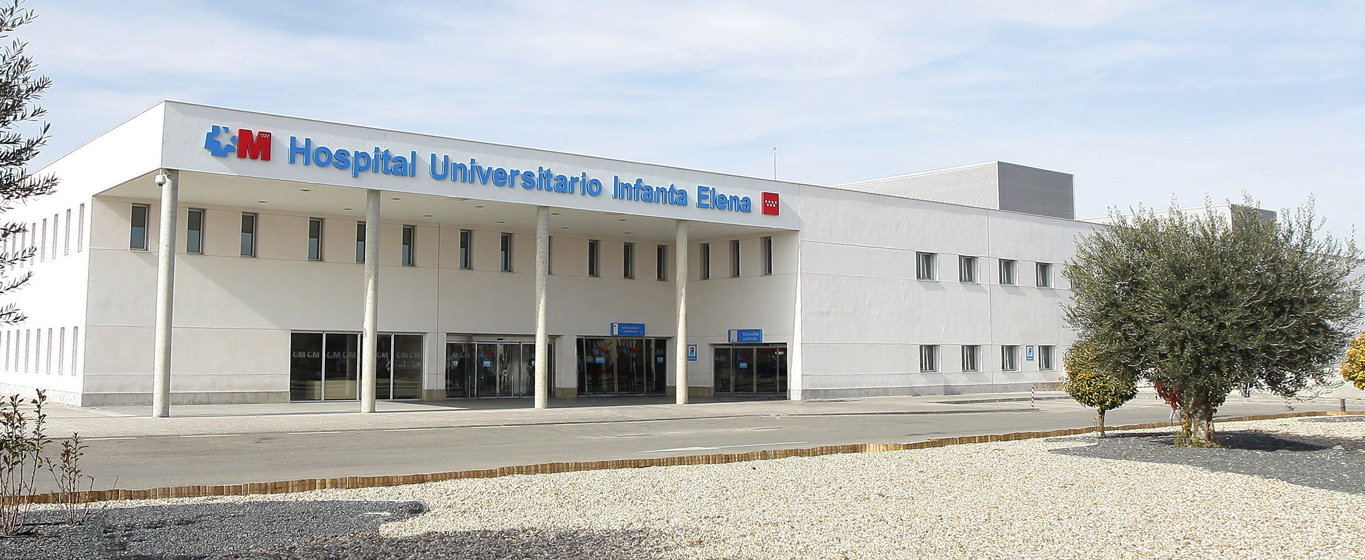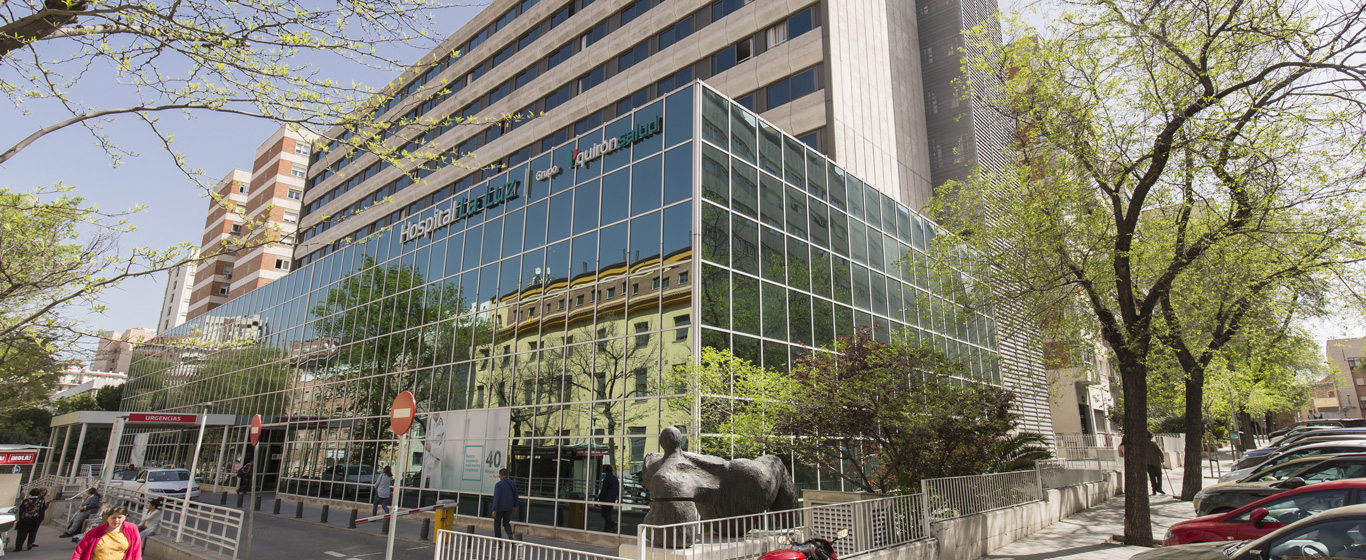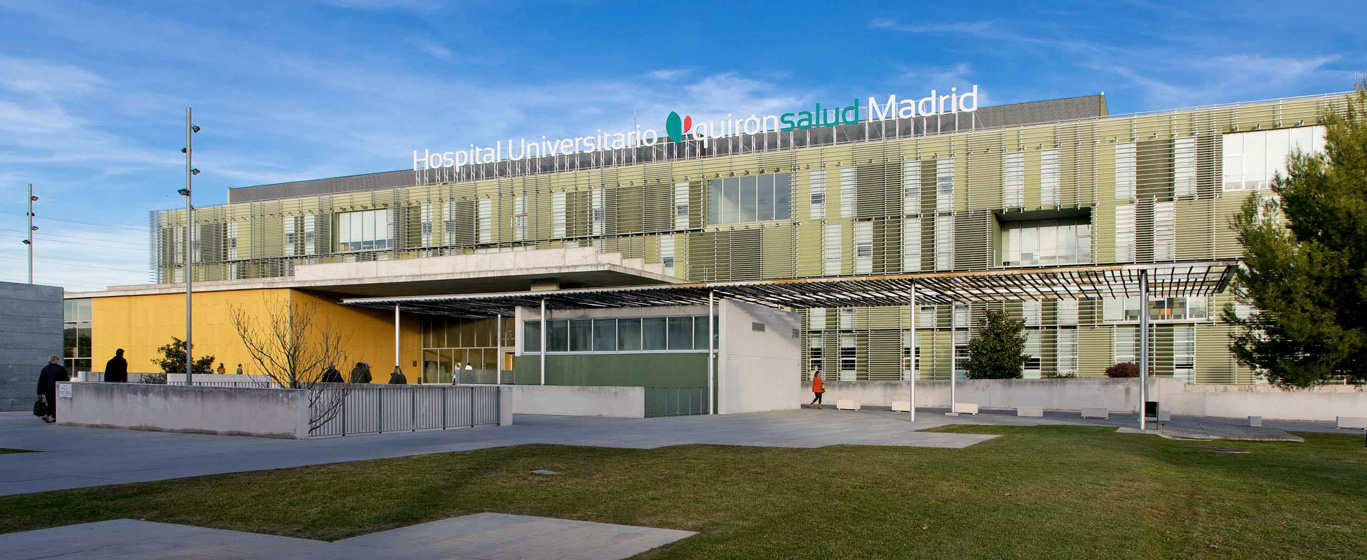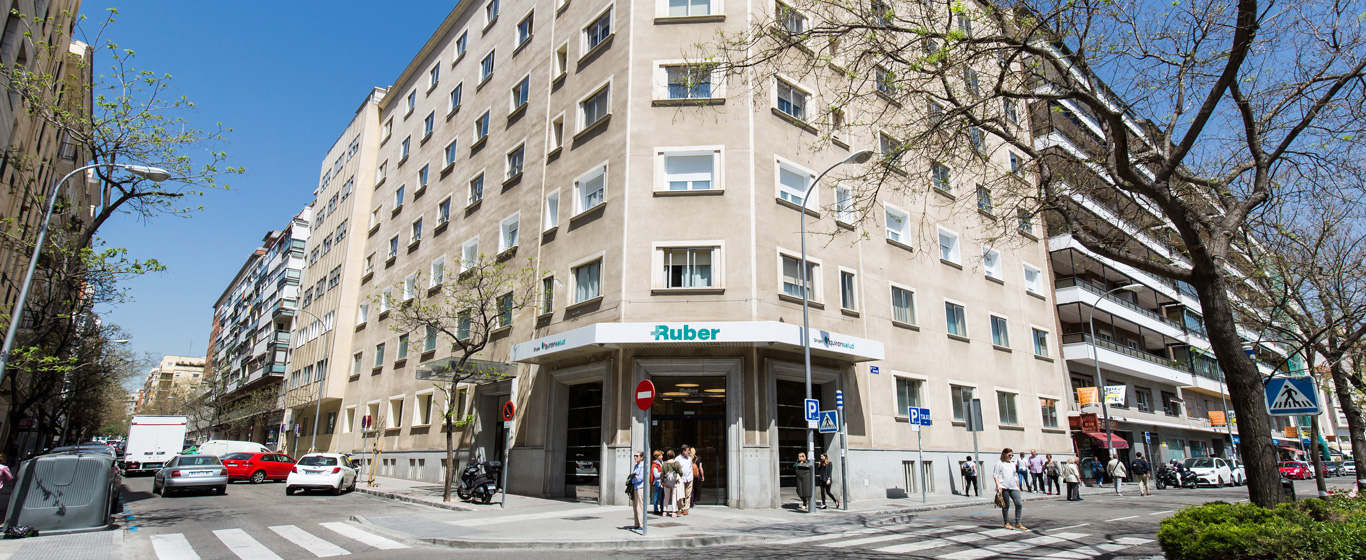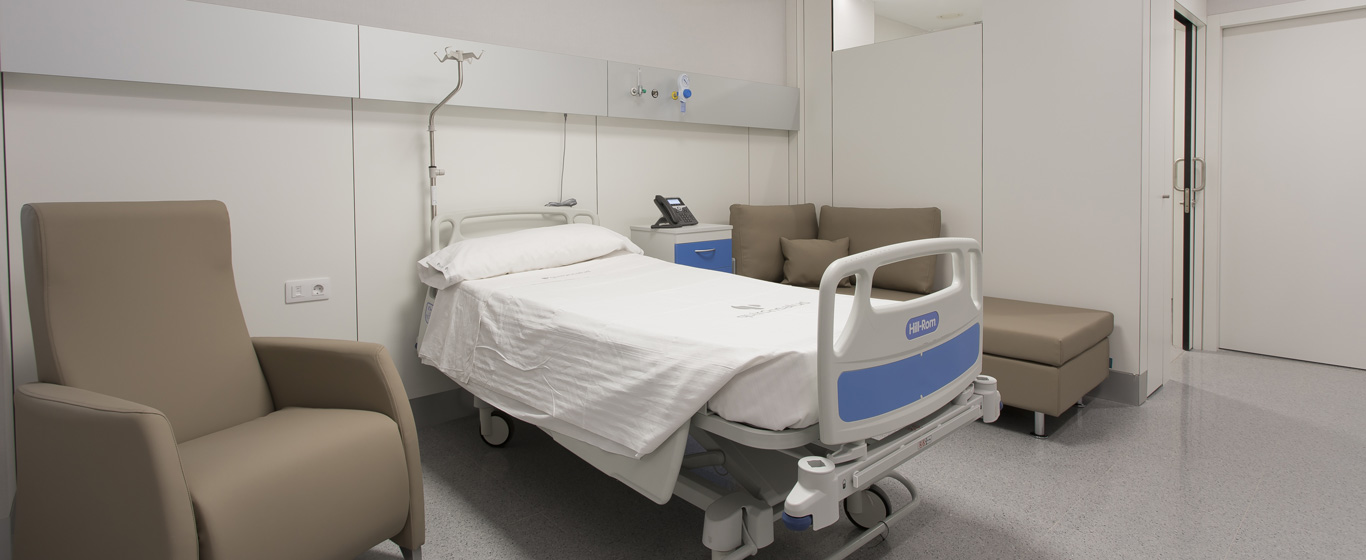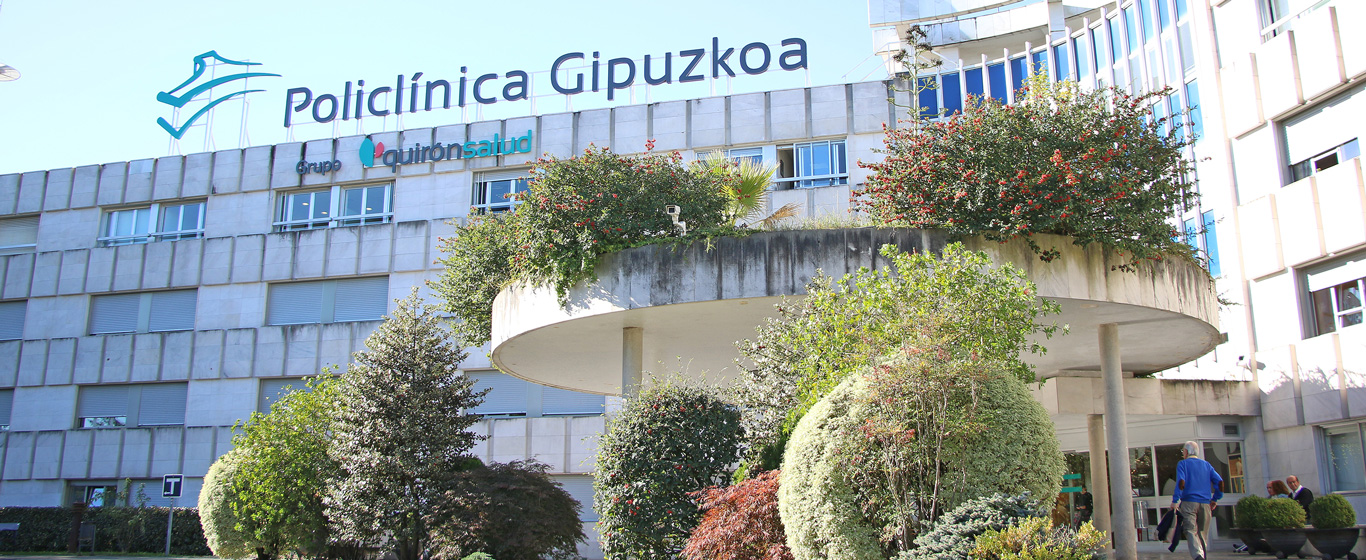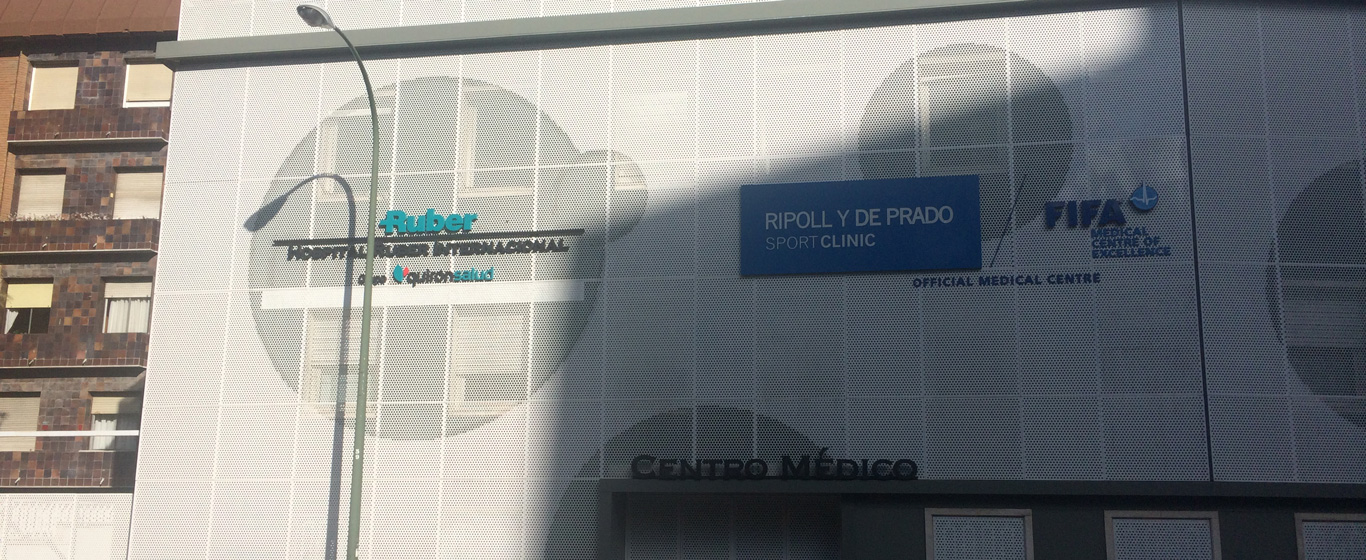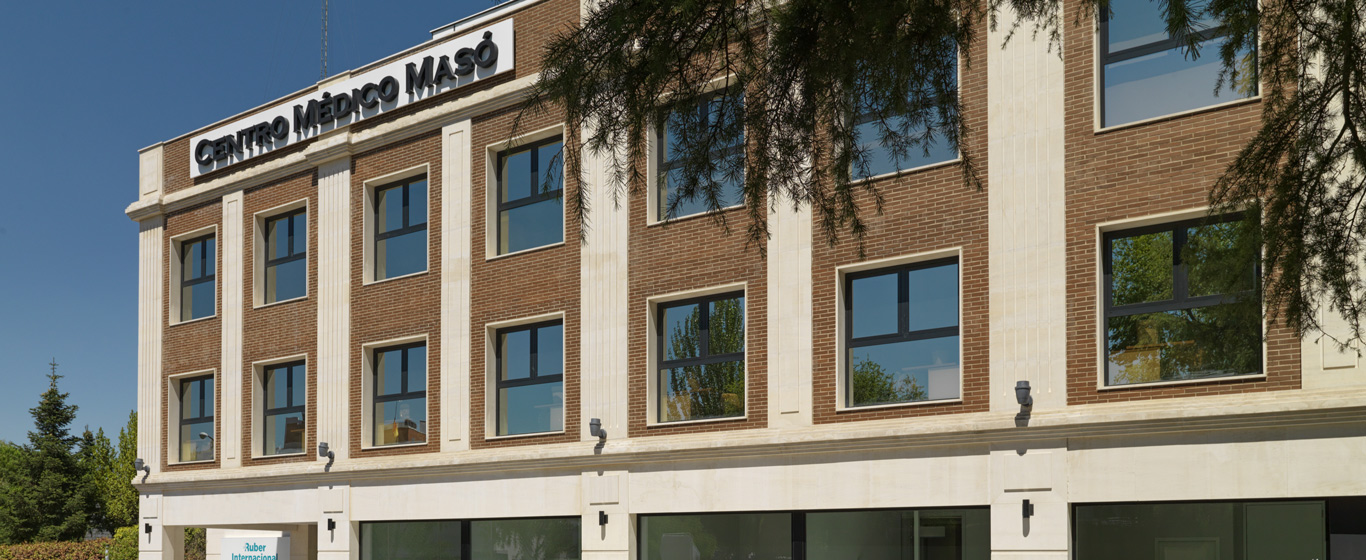Stroboscopy
Laryngeal stroboscopy, or laryngostroboscopy, is used to evaluate the condition and function of the vocal cords by enabling the visualization of their movement through slow-motion video.

General Description
Stroboscopy is a procedure used to assess the condition and functionality of the vocal cords. Its primary goal is to evaluate their vibratory function. This test uses interrupted beams of light to create an optical effect that allows ENT (ear, nose, and throat) specialists to study the voice, as under normal conditions, the movement of the laryngeal folds is not visible to the human eye.
During this procedure, two types of endoscopes (a probe with an image receiver and a light source at the tip) may be used:
- Stroboscopy with a flexible endoscope: The tube adapts to the patient's anatomy, allowing it to be inserted through the nasal passages until reaching the larynx.
- Stroboscopy with a rigid endoscope: Movement is more limited, so it is inserted through the mouth.
During a stroboscopy, in addition to the vocal cords, the surrounding mucosa is also examined. This allows the detection of lesions that alter their vibration and cannot be observed through other procedures.
When is it indicated?
Stroboscopy is used to determine the causes of dysphonia (alterations in voice tone and timbre) or changes in vocal cord vibration, such as polyps, cysts, or nodules.
How is it performed?
Regardless of the type of endoscope used, the patient remains seated during stroboscopy. Then, the probe is inserted either through the nose or the throat. In some cases, especially when using a rigid tube, topical anesthesia is applied to minimize discomfort.
- During the procedure with a flexible probe, the patient's head must remain straight with the chin slightly tilted downward.
- If a rigid probe is used, the position may vary depending on the needs of the endoscope.
To observe vocal cord function, the patient must speak, whisper, or whistle when instructed by the specialist. Meanwhile, the light beam is adjusted to obtain different images:
- Light with the same frequency as the vocal cord vibration to capture images that freeze the vocal cord movements. This allows observation when the laryngeal bands fully open or close or when they remain in an intermediate position.
- Light with a slightly higher or lower frequency than that of the vocal cords to obtain slow-motion images.
Finally, the recorded images are analyzed to provide an accurate diagnosis.
Risks
Stroboscopy is a safe procedure that poses no health risks.
In some cases, minor mucosal erosions may occur, leading to slight bleeding that resolves quickly.
What to expect from a stroboscopy
Stroboscopy is a painless outpatient procedure after which normal activities can be resumed immediately. On the day of the test, an informed consent form must be signed.
Before starting, the specialist explains the procedure so that the patient understands how it will proceed. Then, the probe is inserted:
- Flexible stroboscope: A slight tickling sensation or the urge to sneeze may be felt as it is introduced. Anesthesia is usually not necessary.
- Rigid stroboscope: Topical anesthesia is often used to reduce discomfort. While inserting the probe, the tongue is held with a sterile gauze pad. The patient may experience throat irritation or nausea.
The duration of the procedure varies depending on the case but usually does not exceed 45 minutes. To avoid prolonging the process, it is recommended that the patient follow the doctor's instructions. Once the probe is removed, mild nasal or throat discomfort may be felt, which typically subsides quickly. If necessary, an anti-inflammatory medication can be taken to relieve discomfort.
The results of the stroboscopy are provided in a report after a few days.
Specialties that request a stroboscopy
Stroboscopy is performed by otolaryngologists.
How to prepare
No specific preparation is required for stroboscopy. However, it is advisable to inform the specialist about any medications being taken in case any treatment needs to be temporarily suspended.





